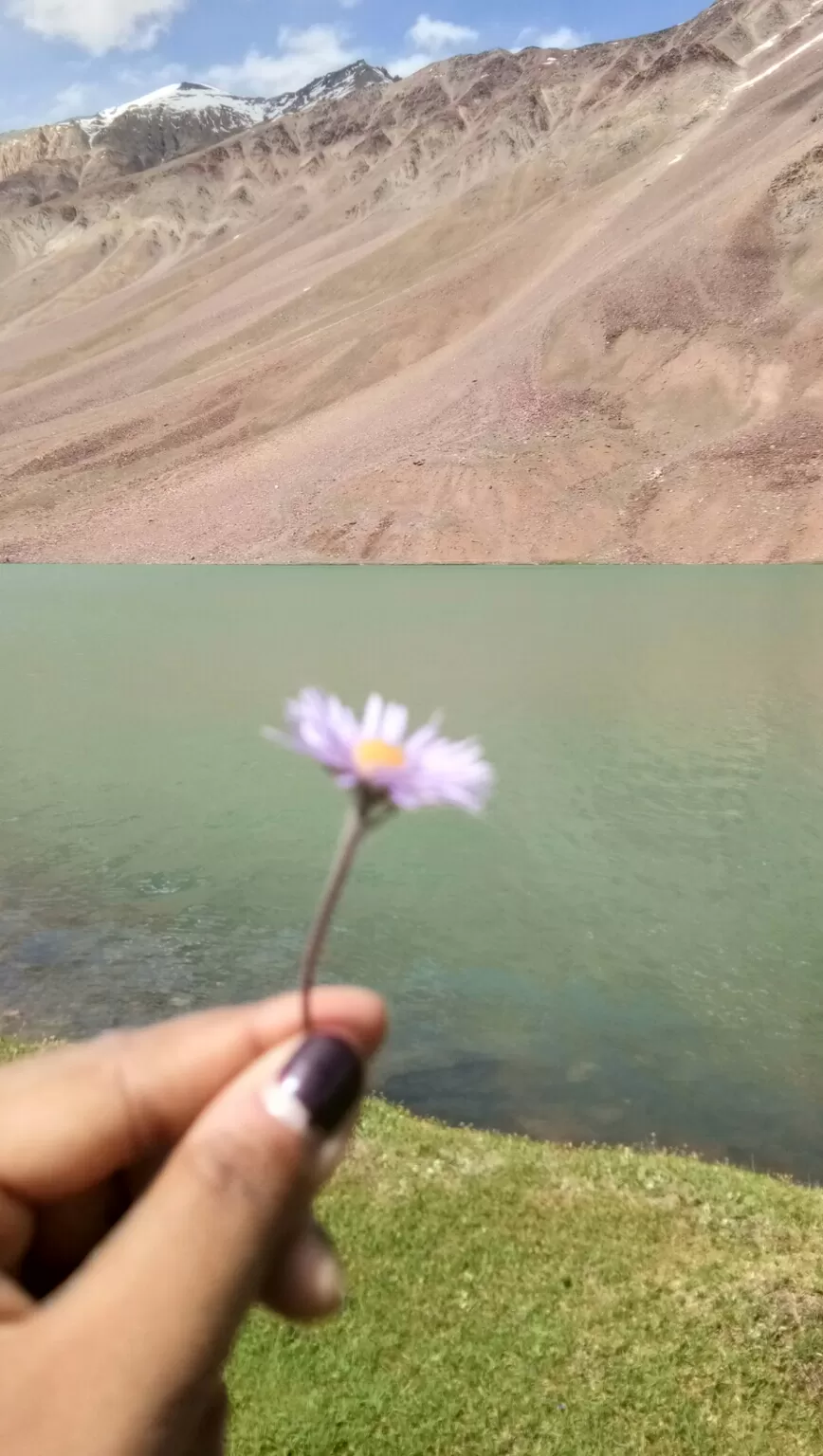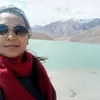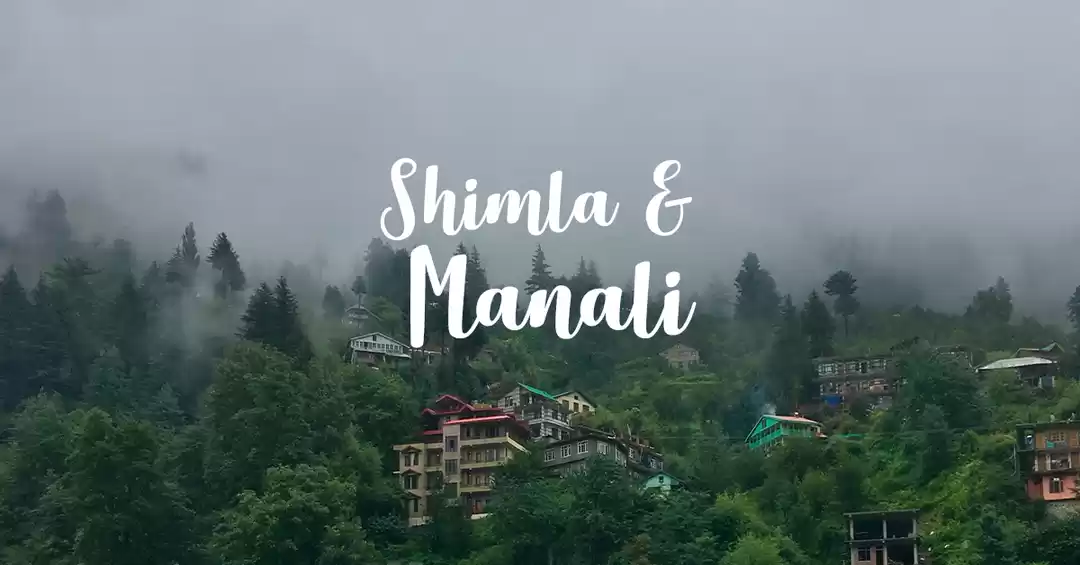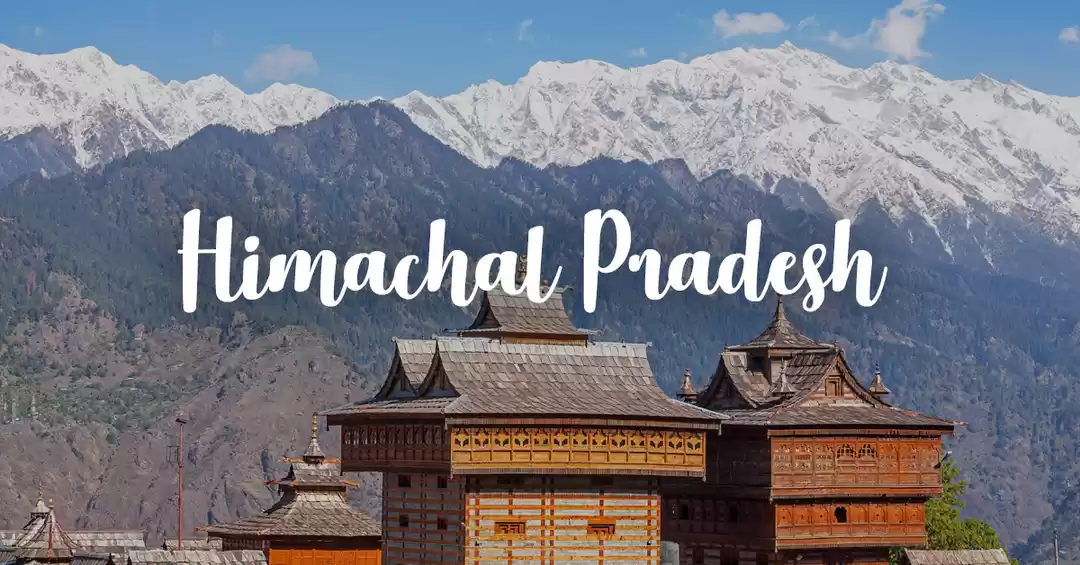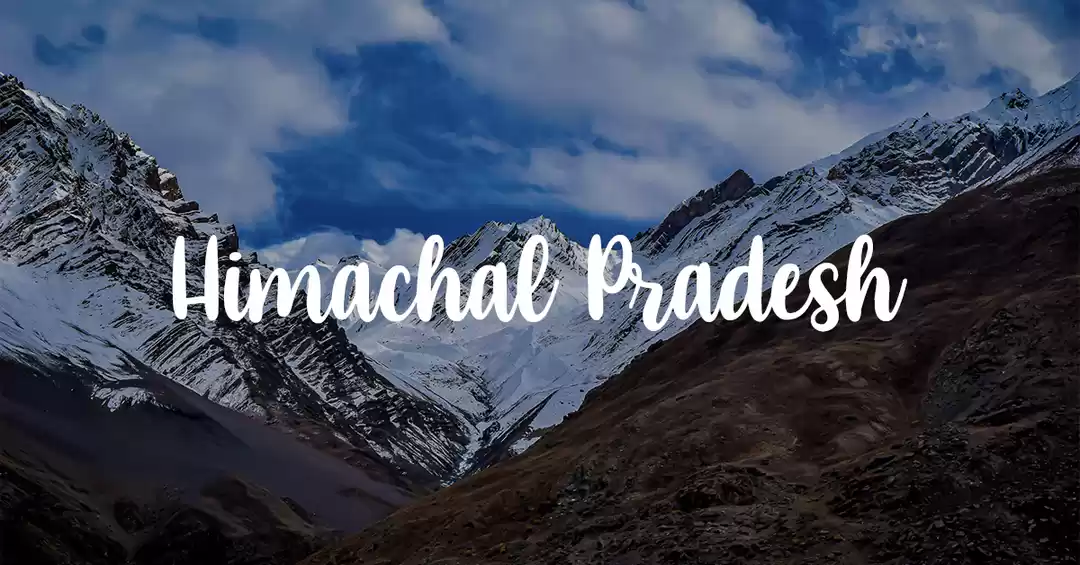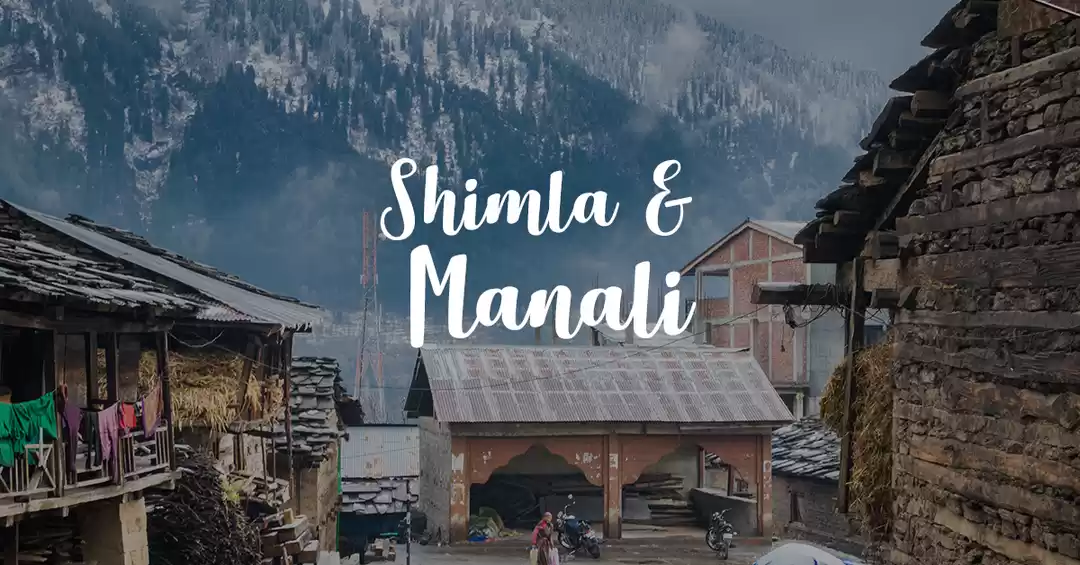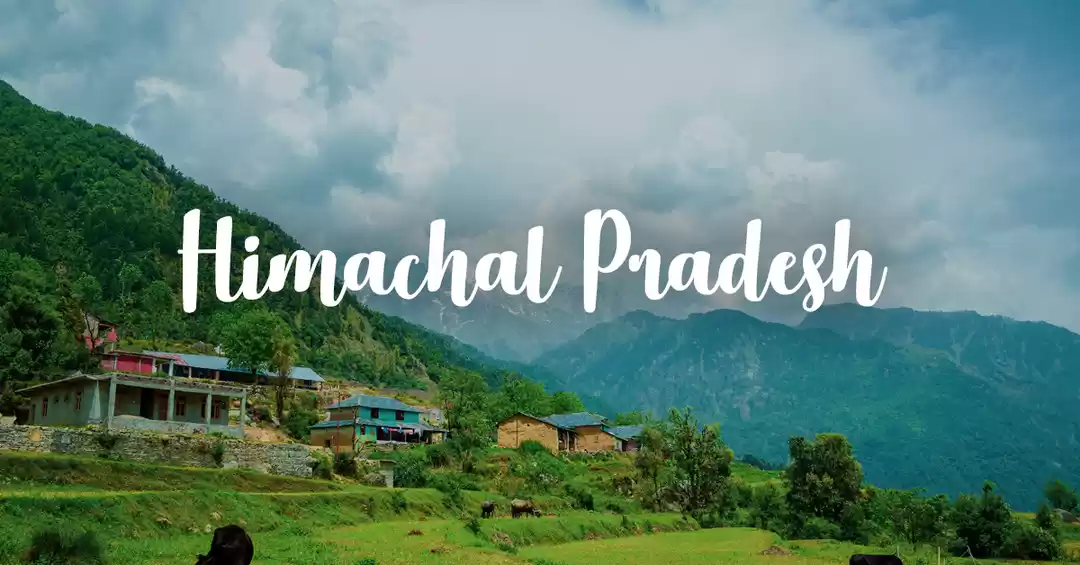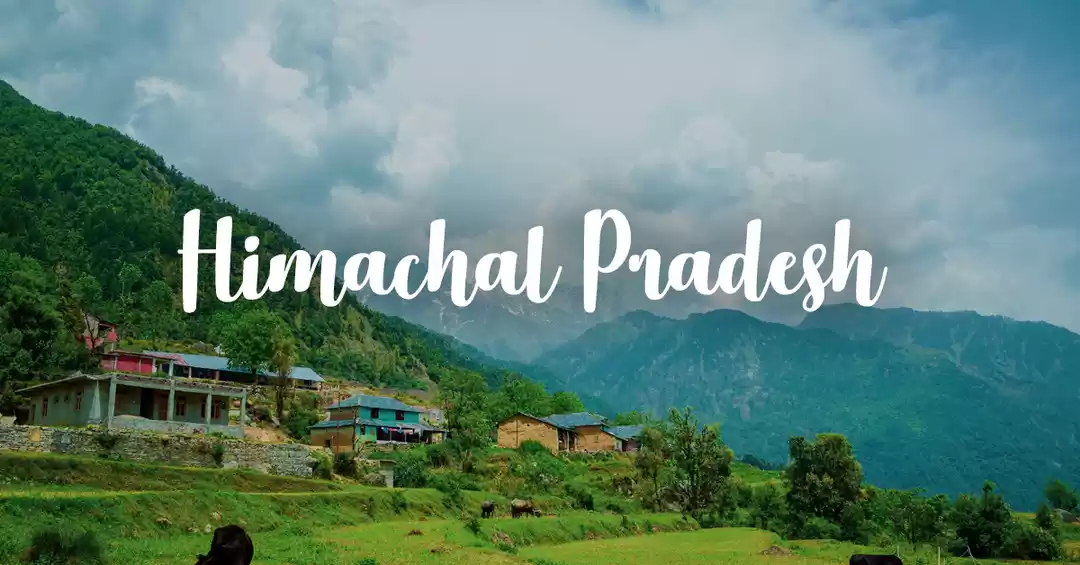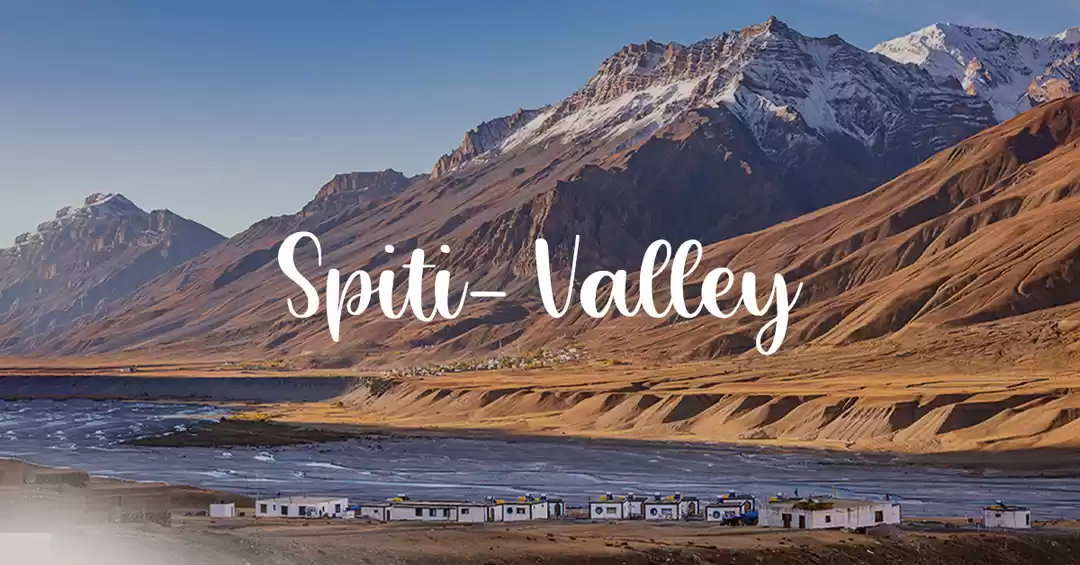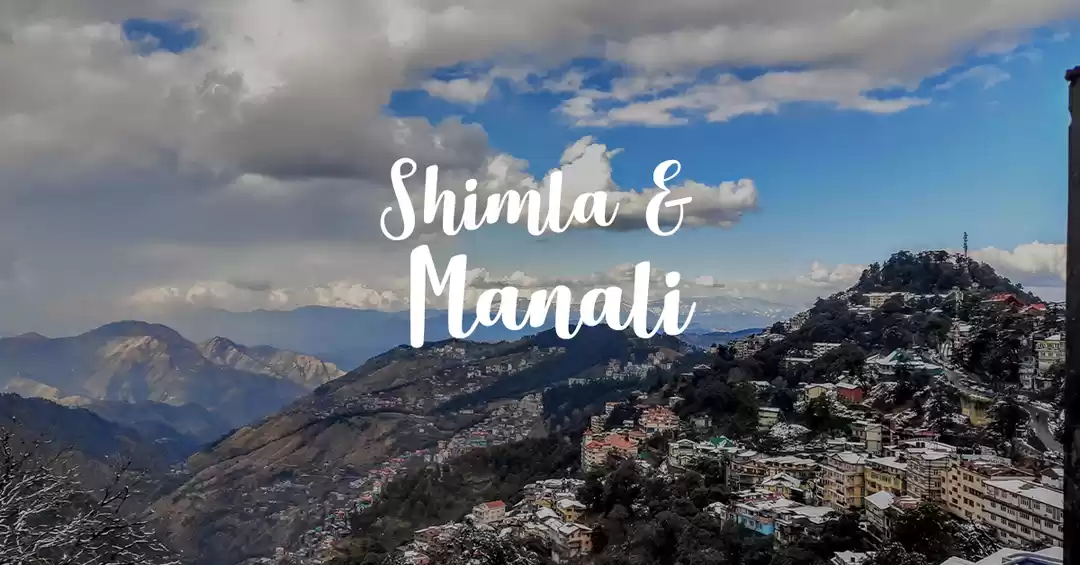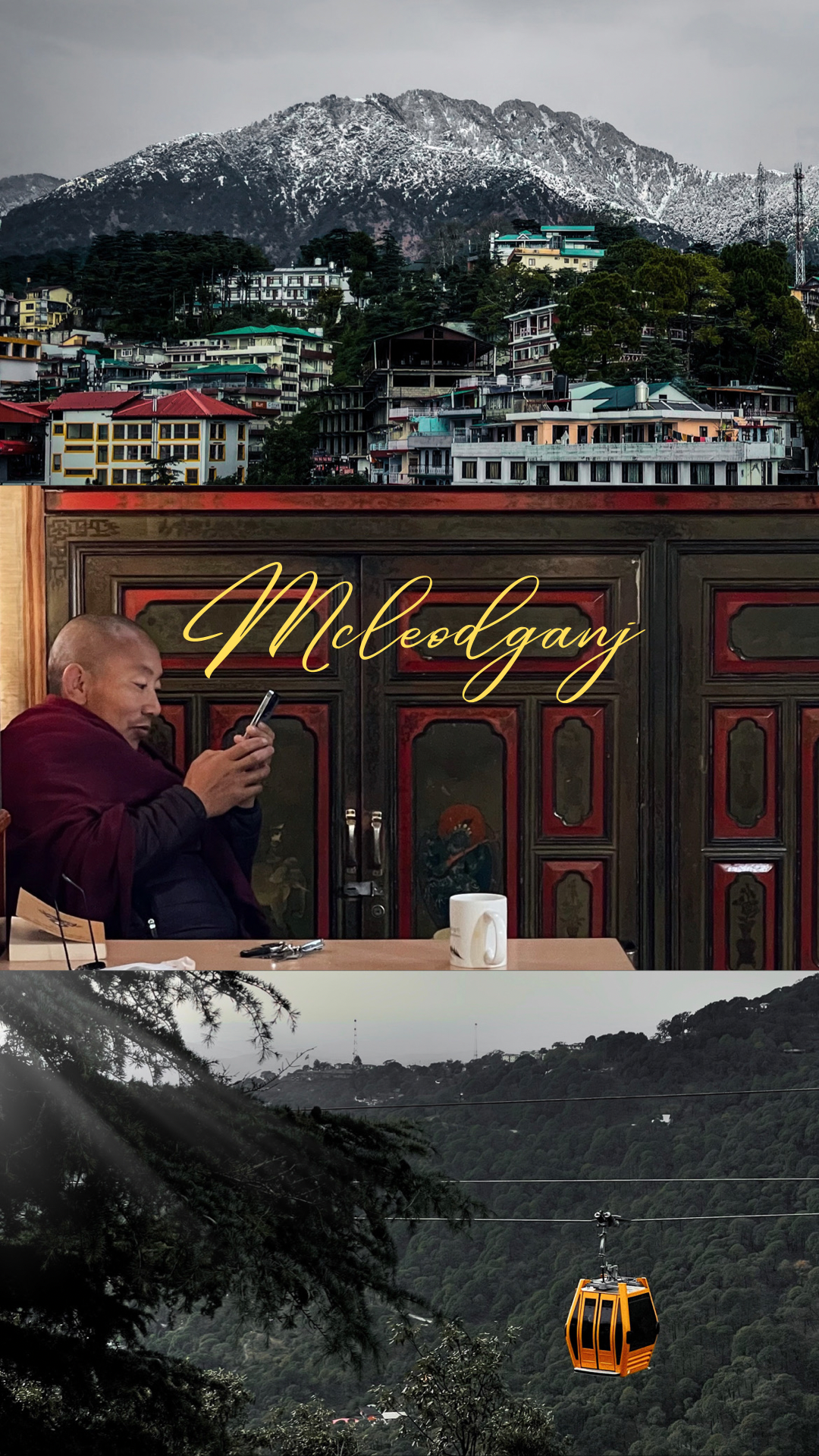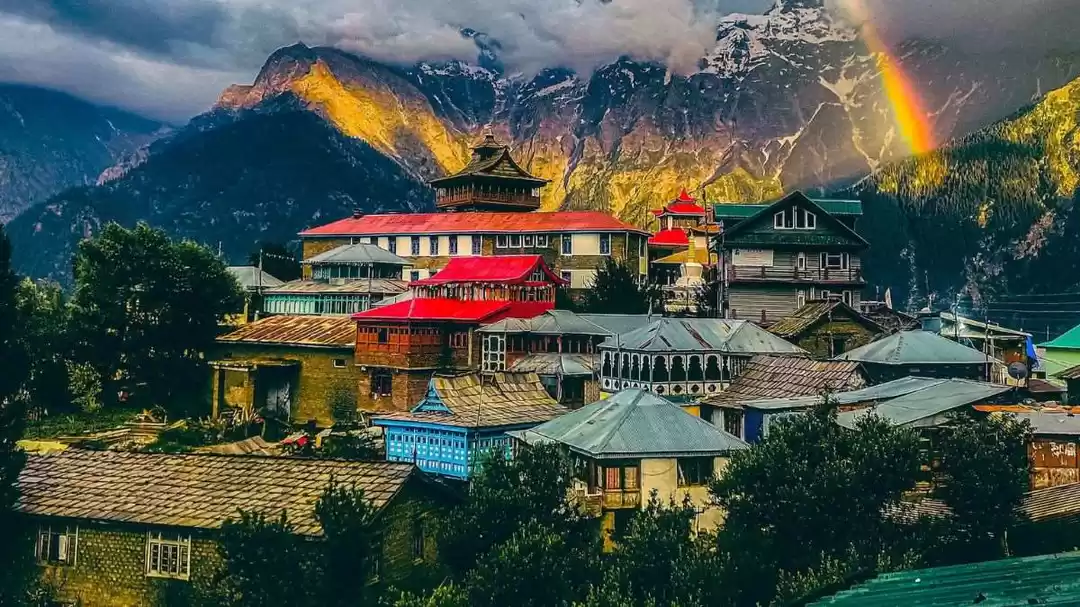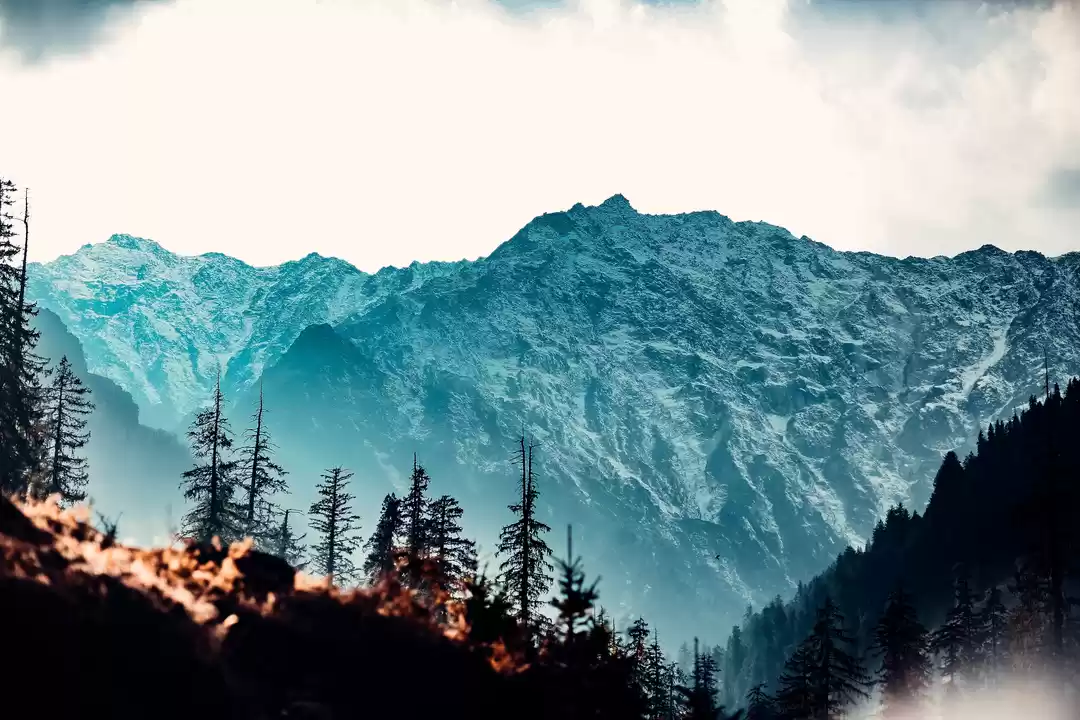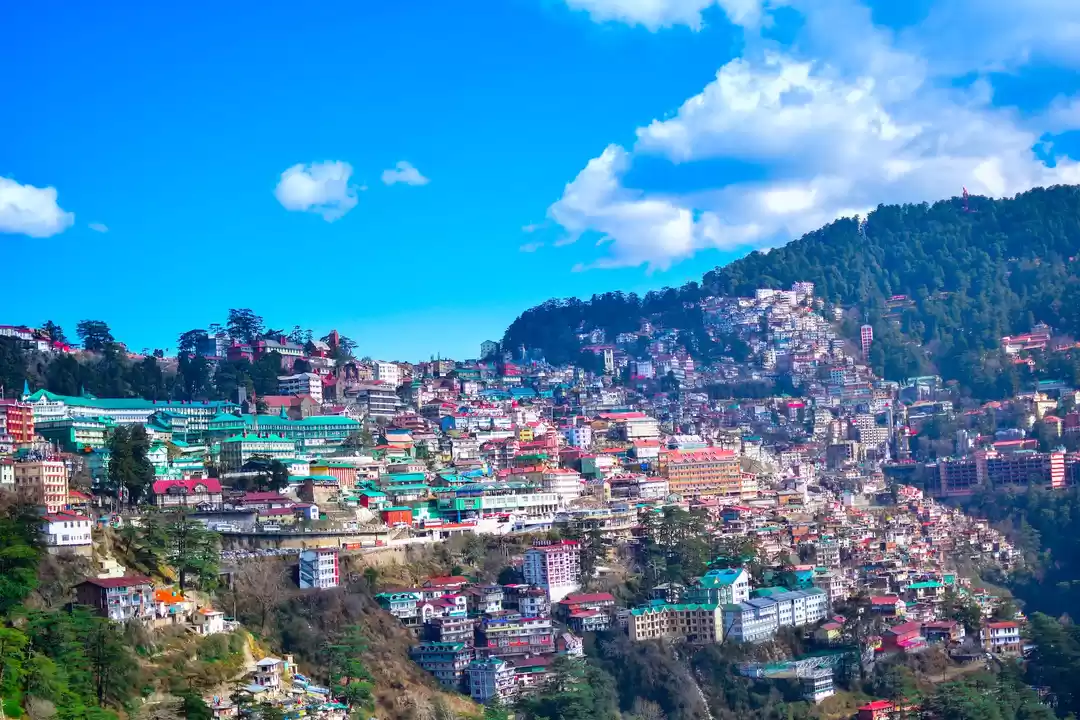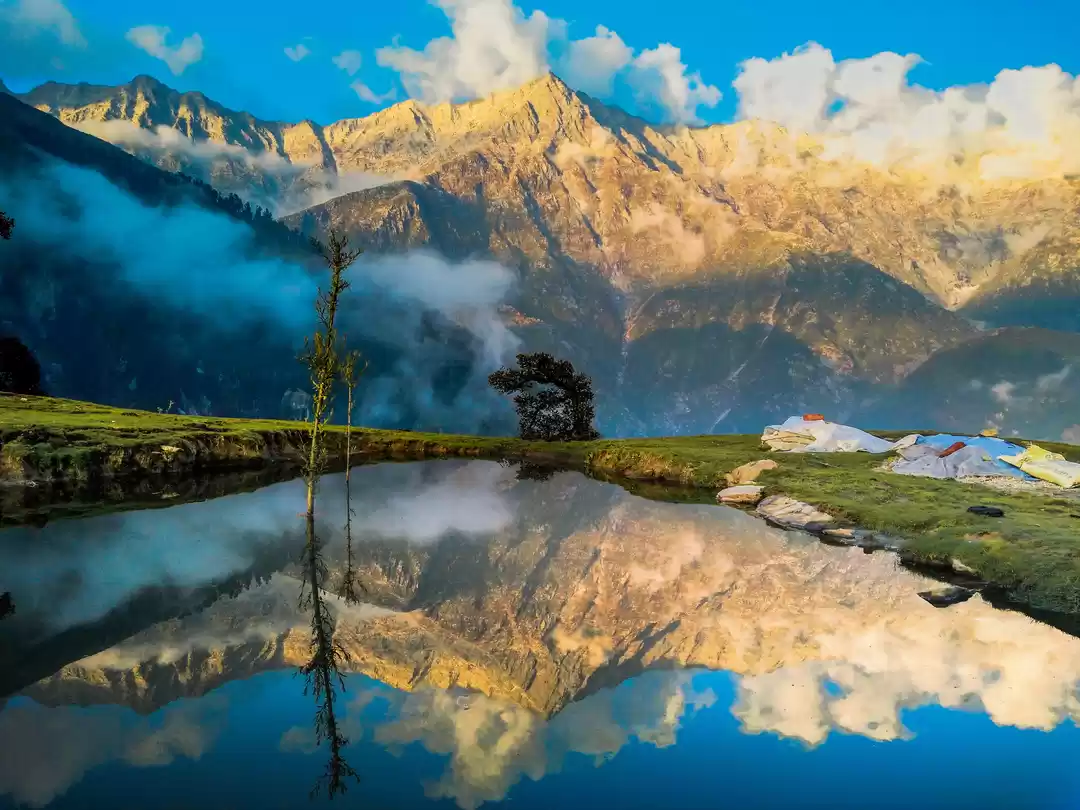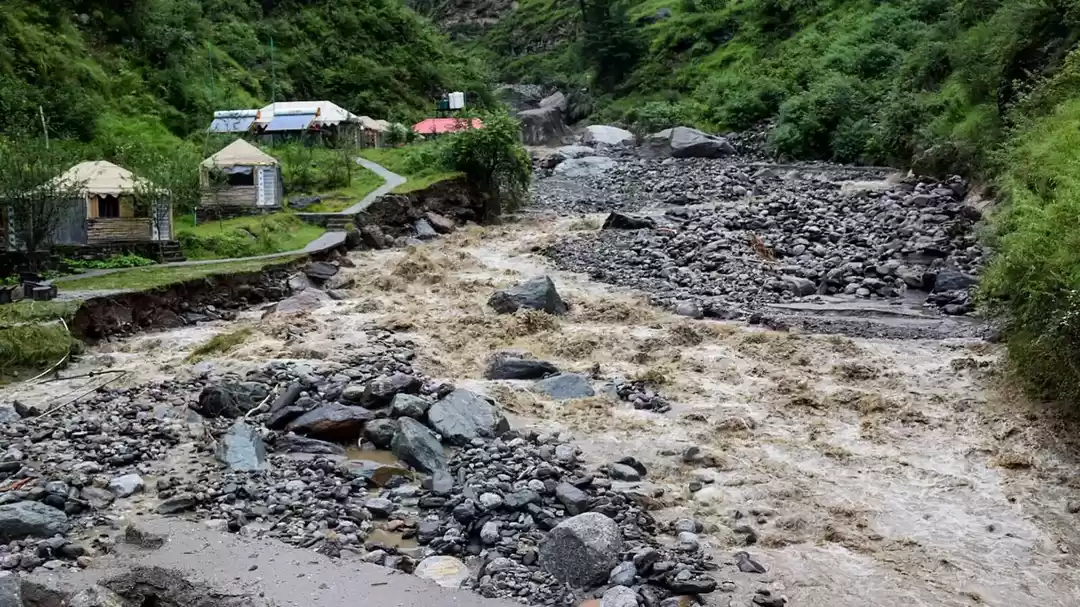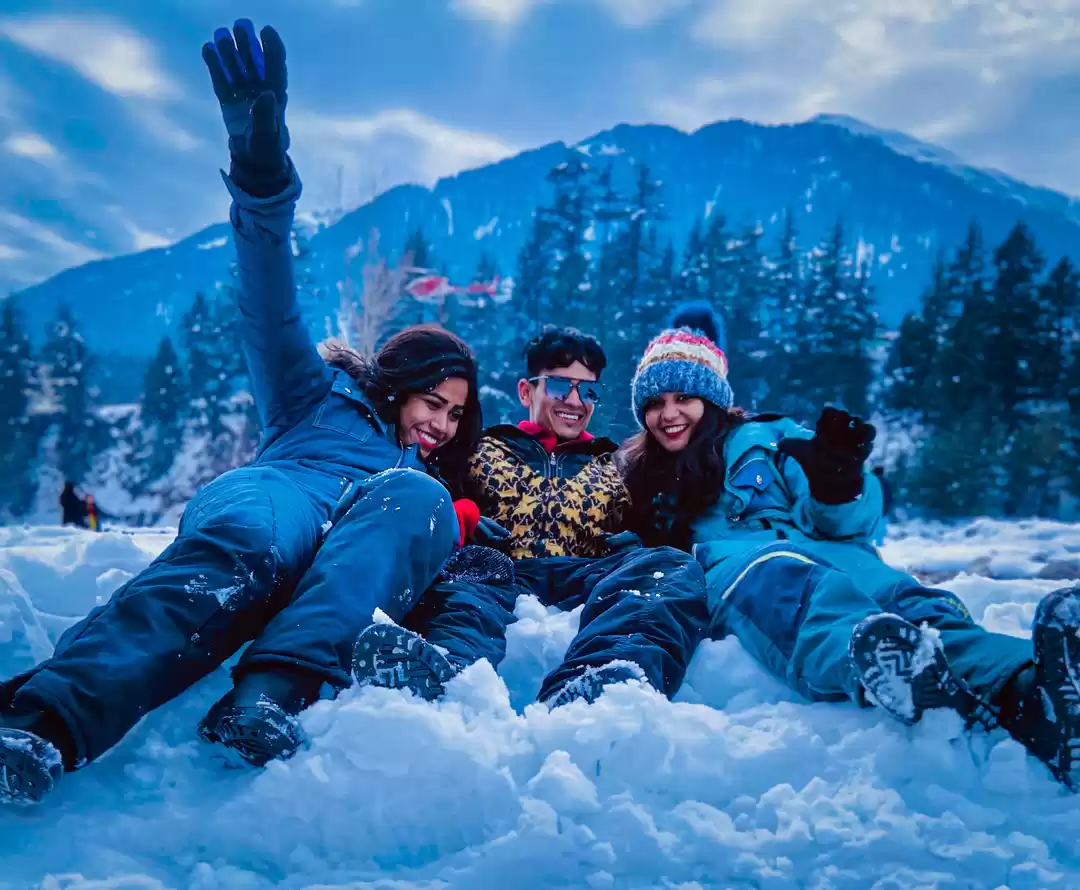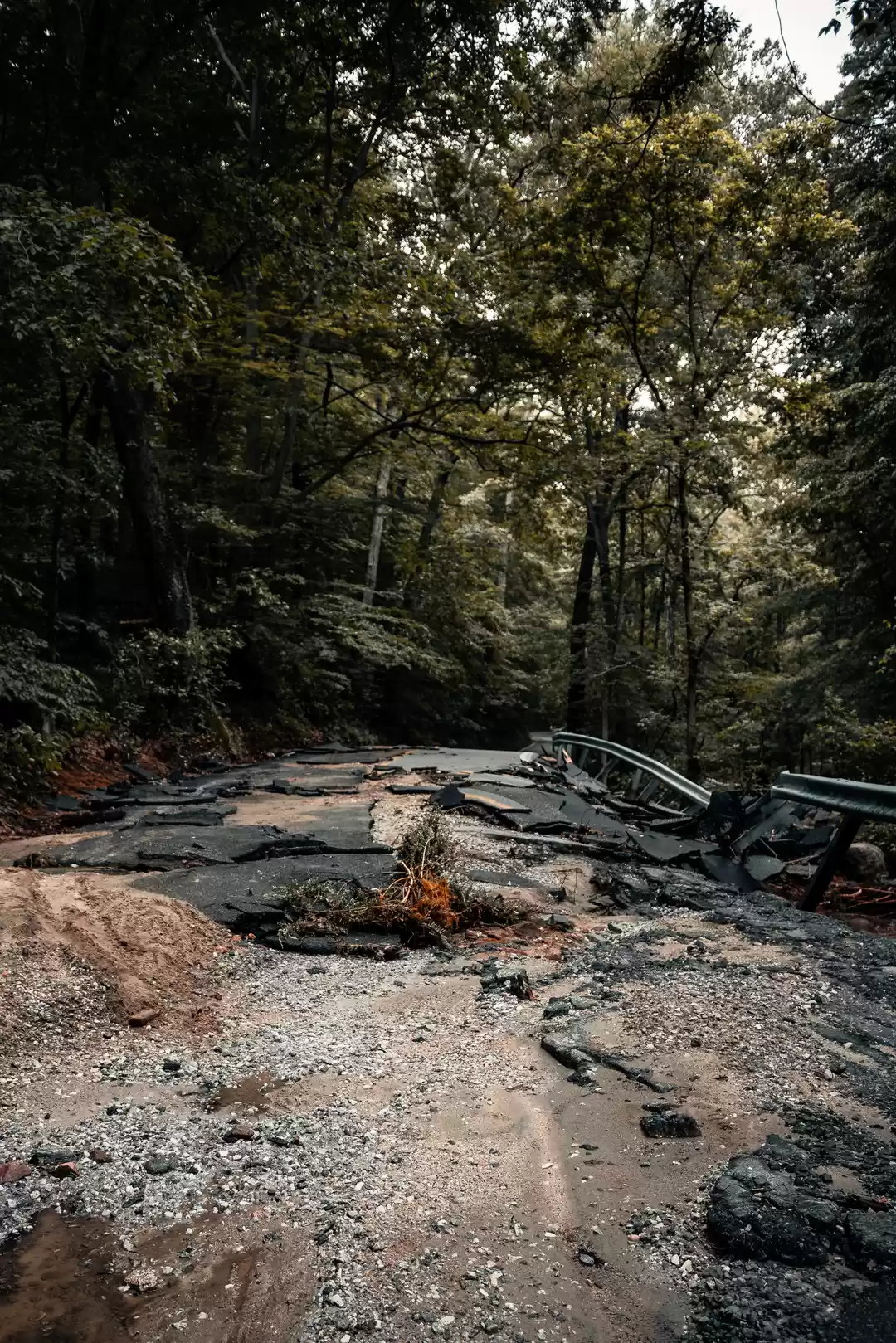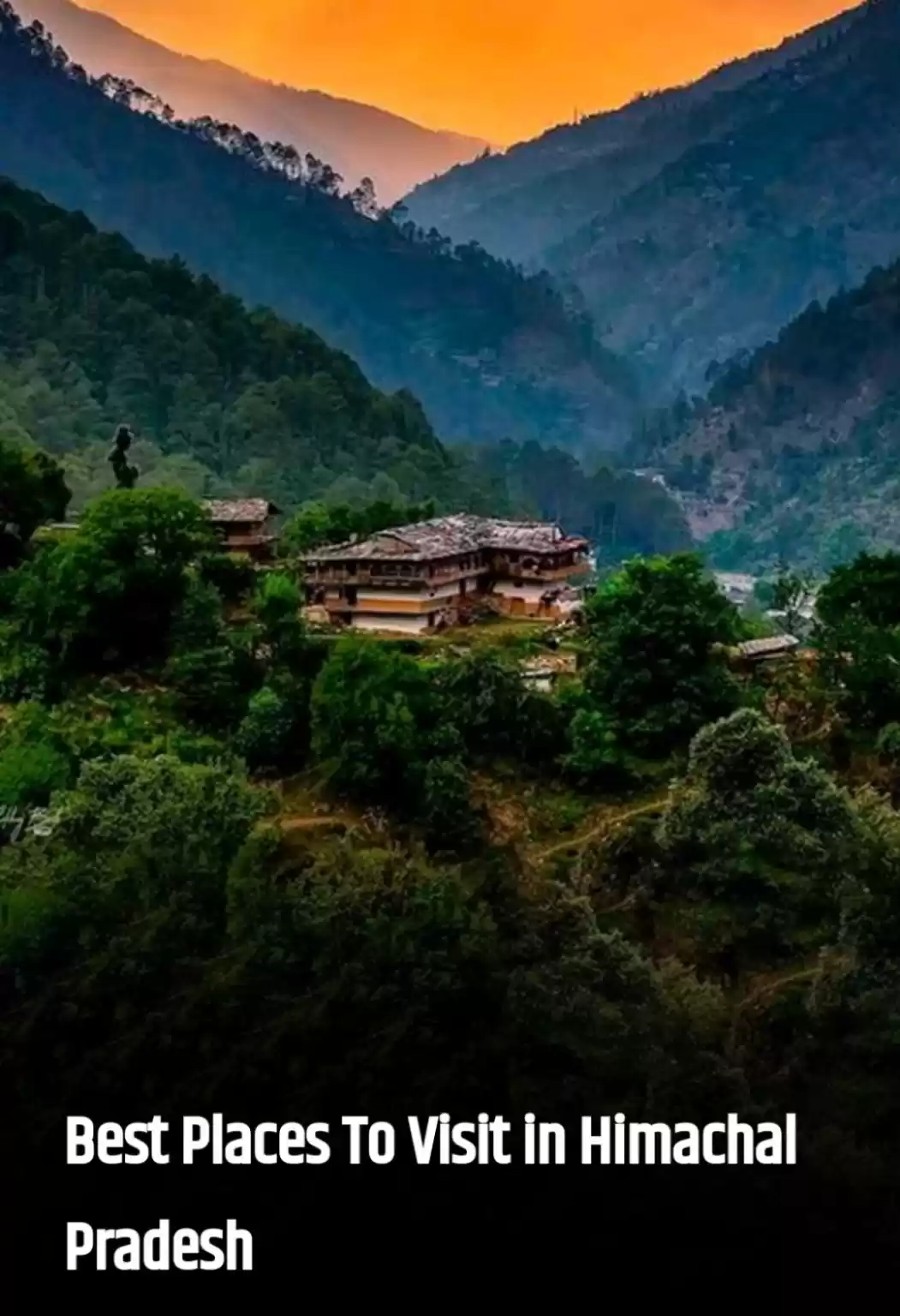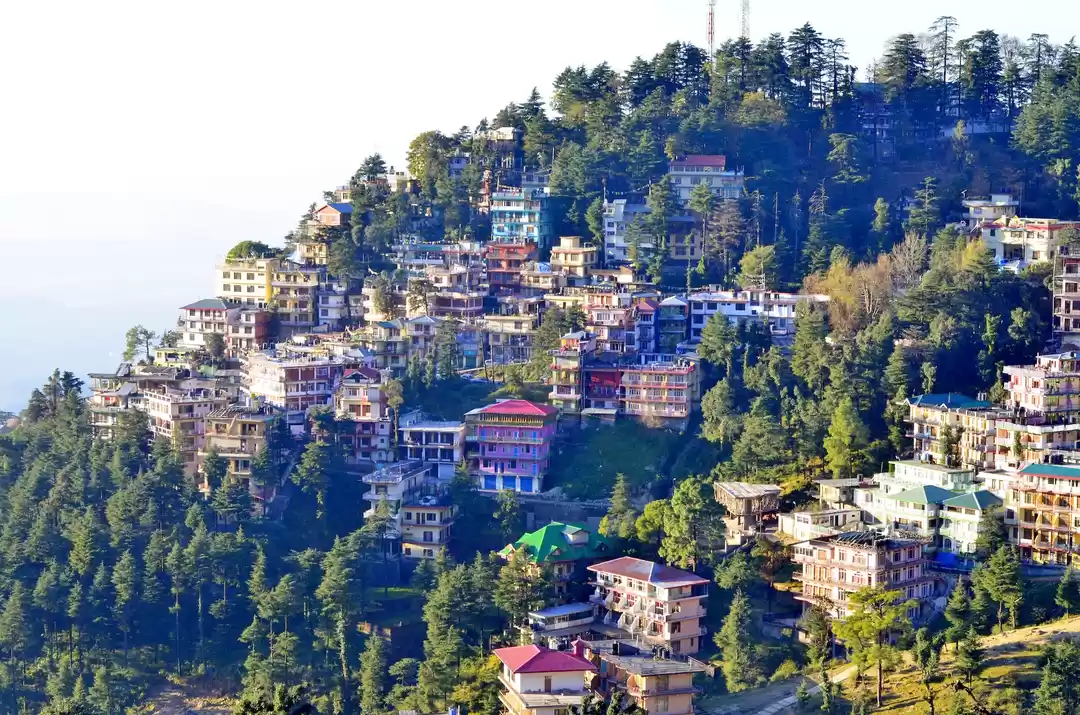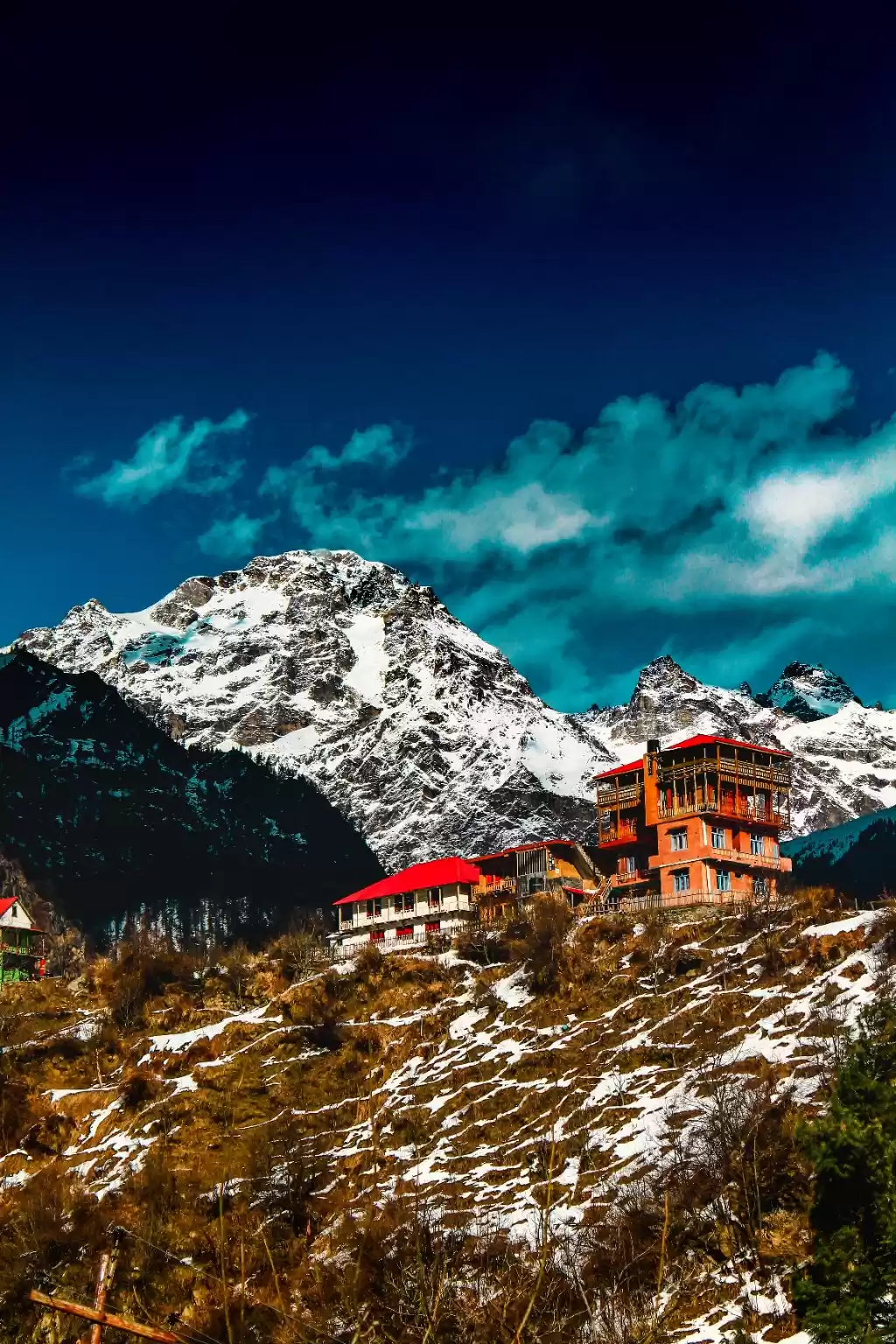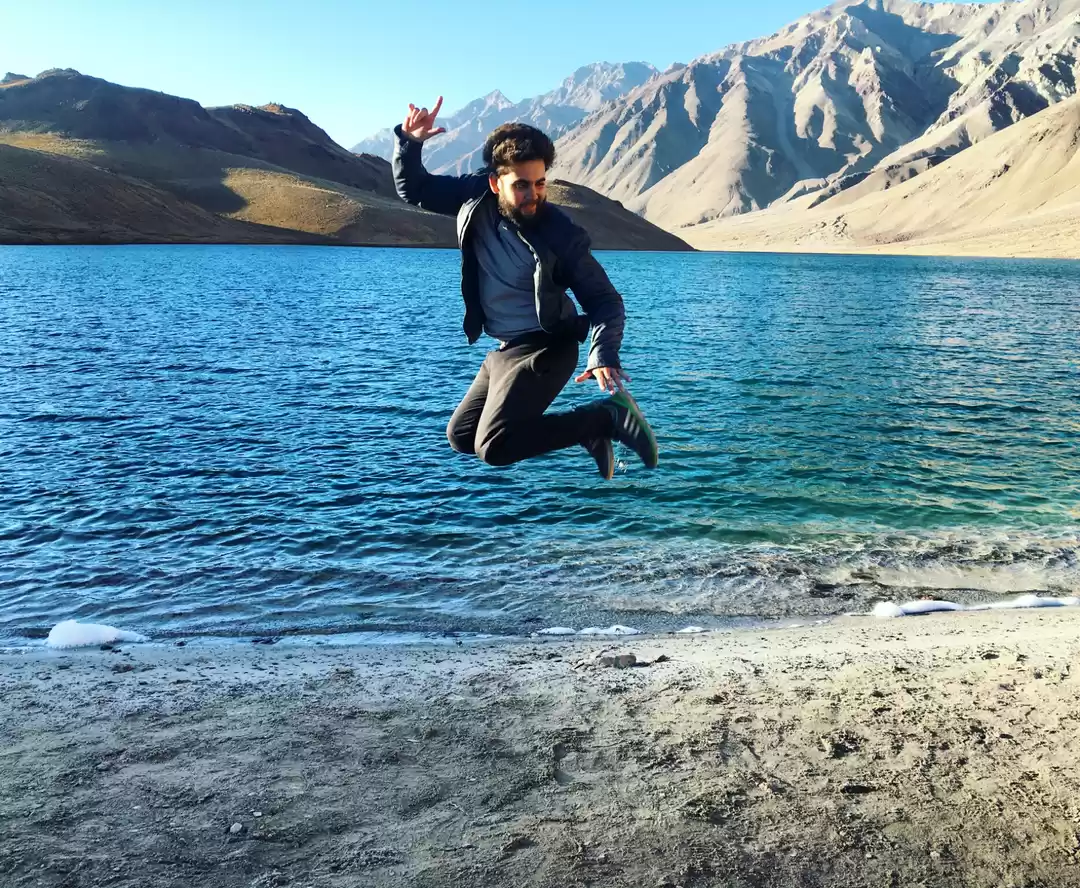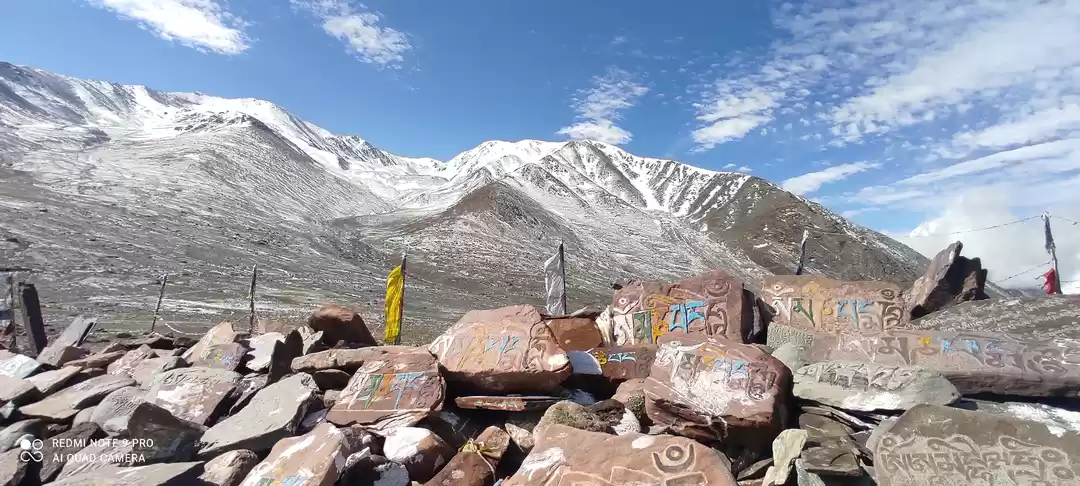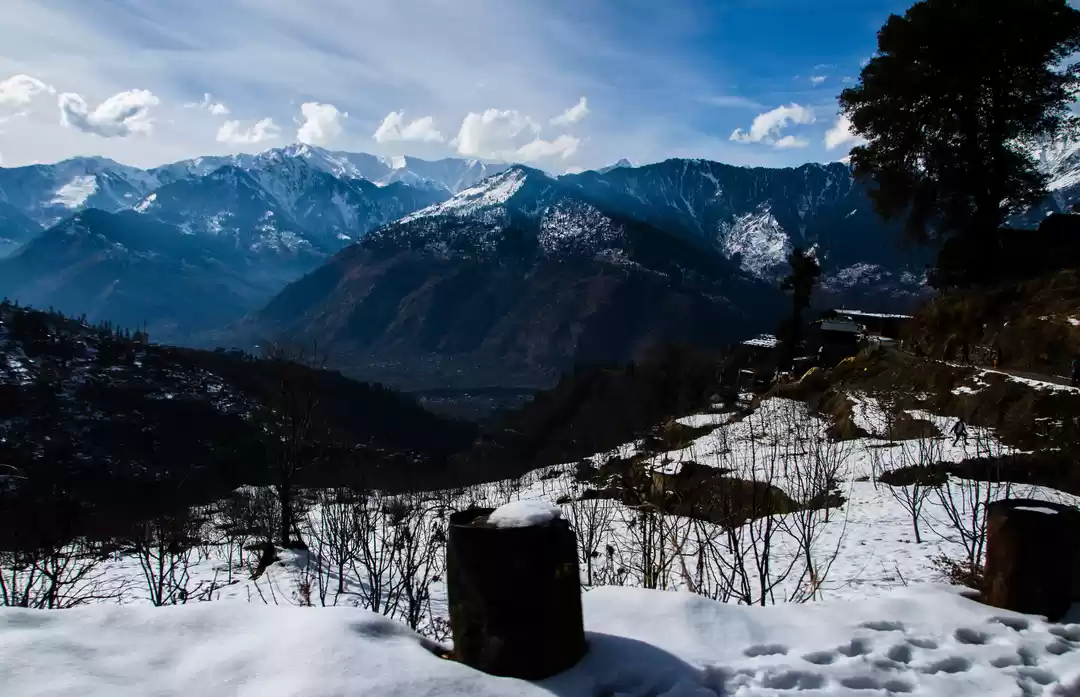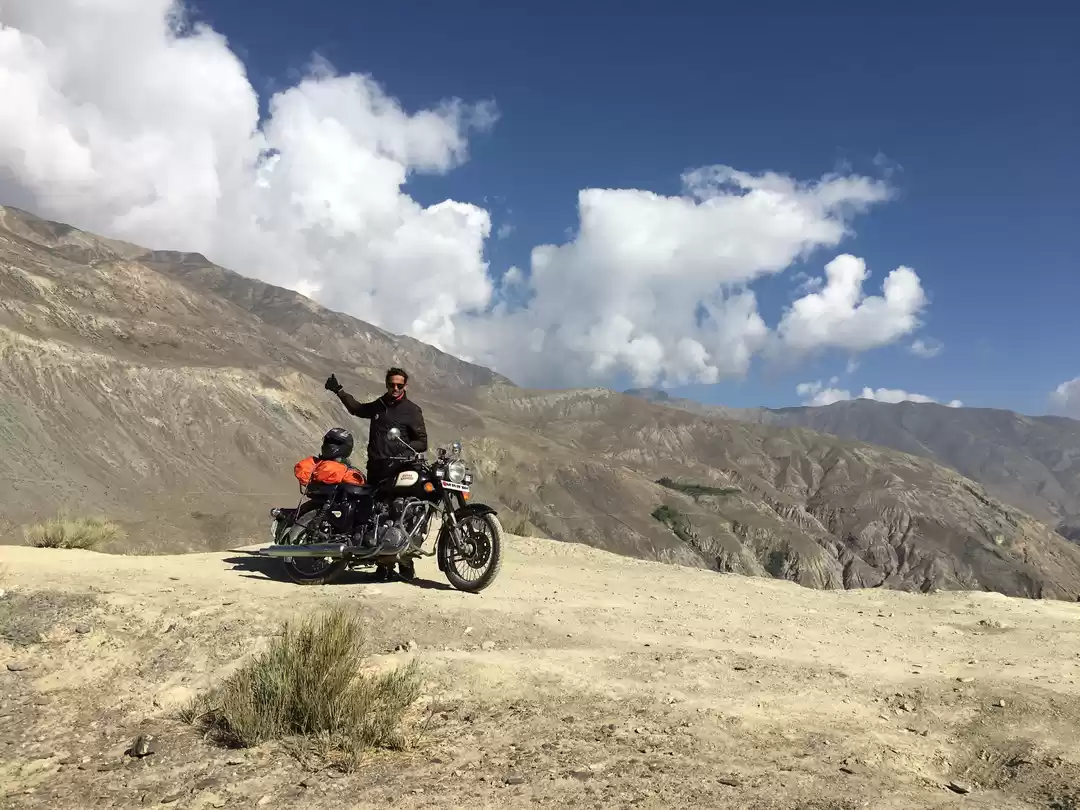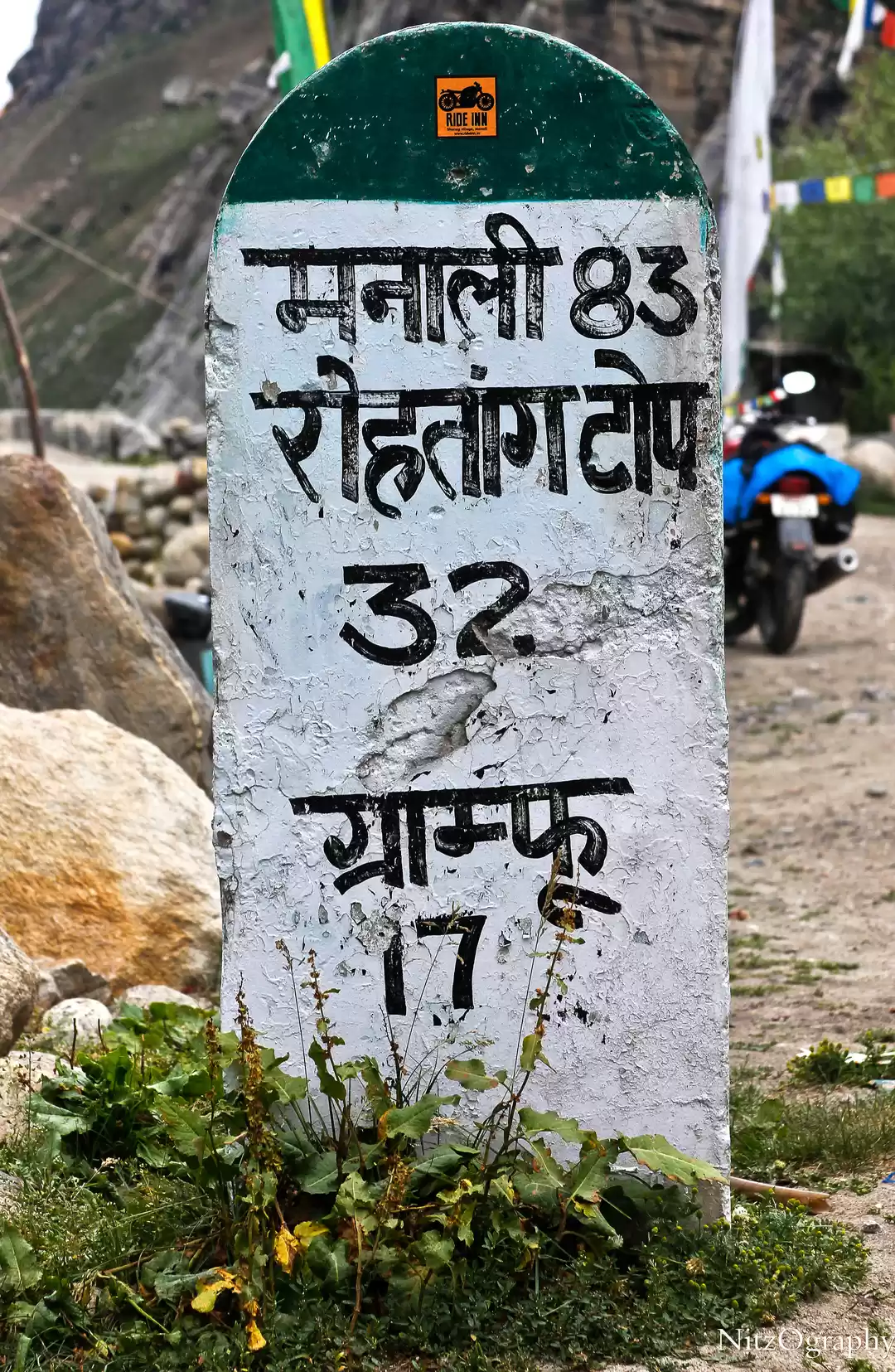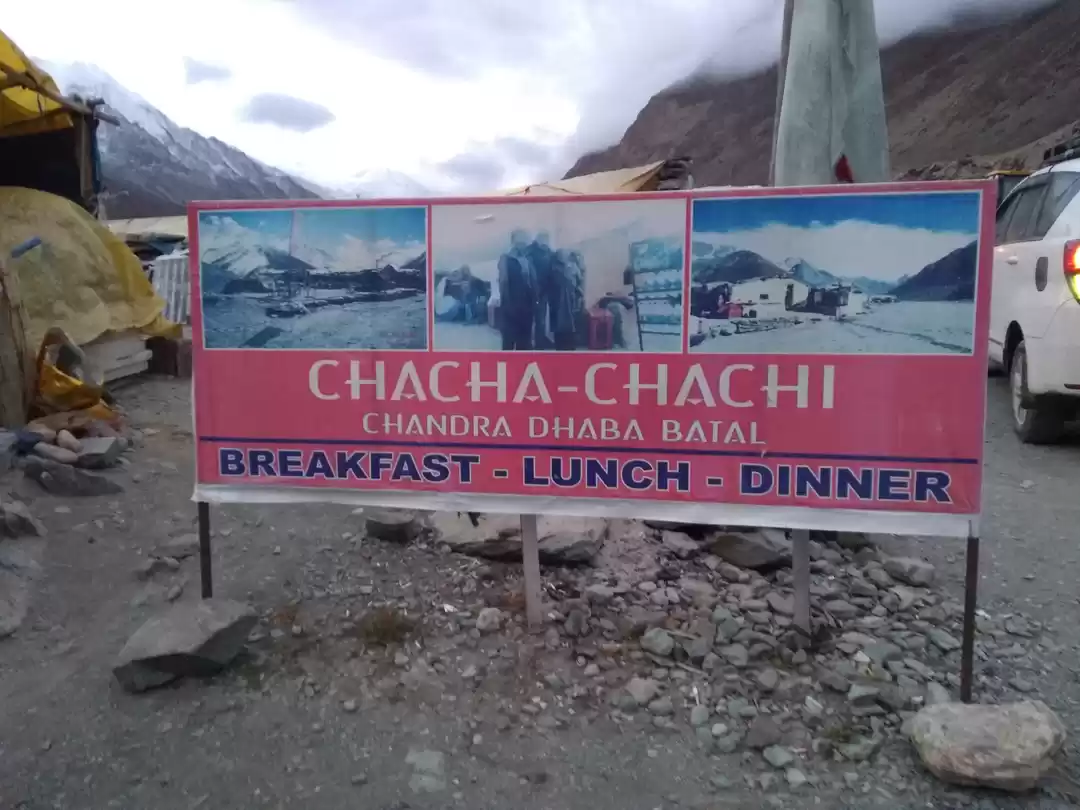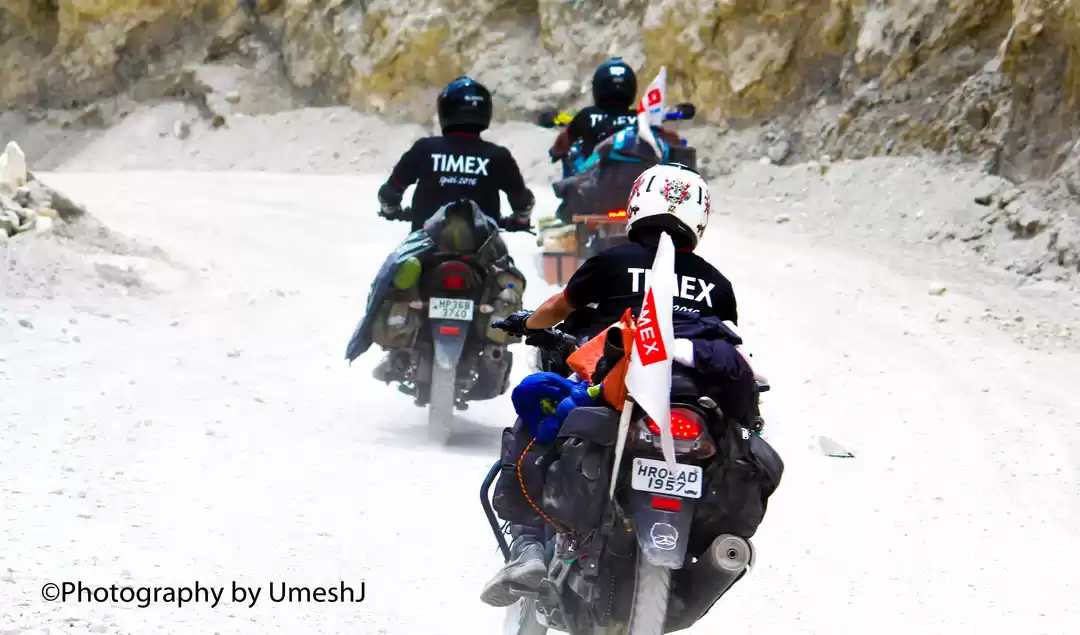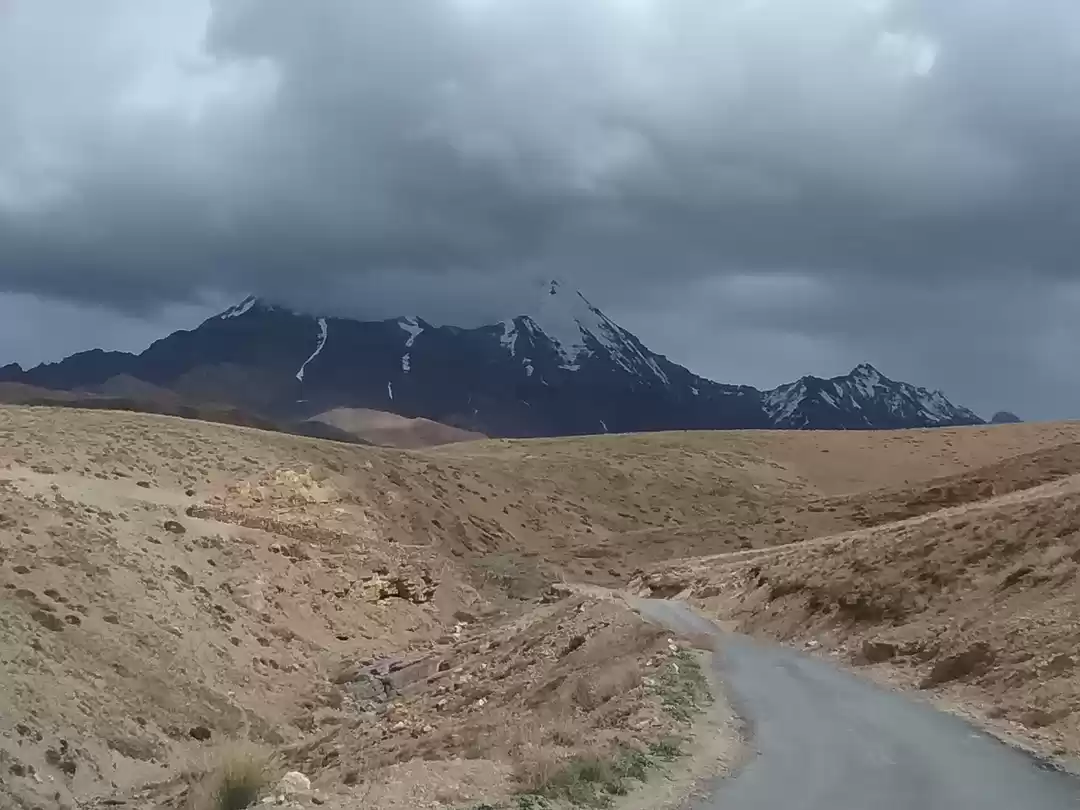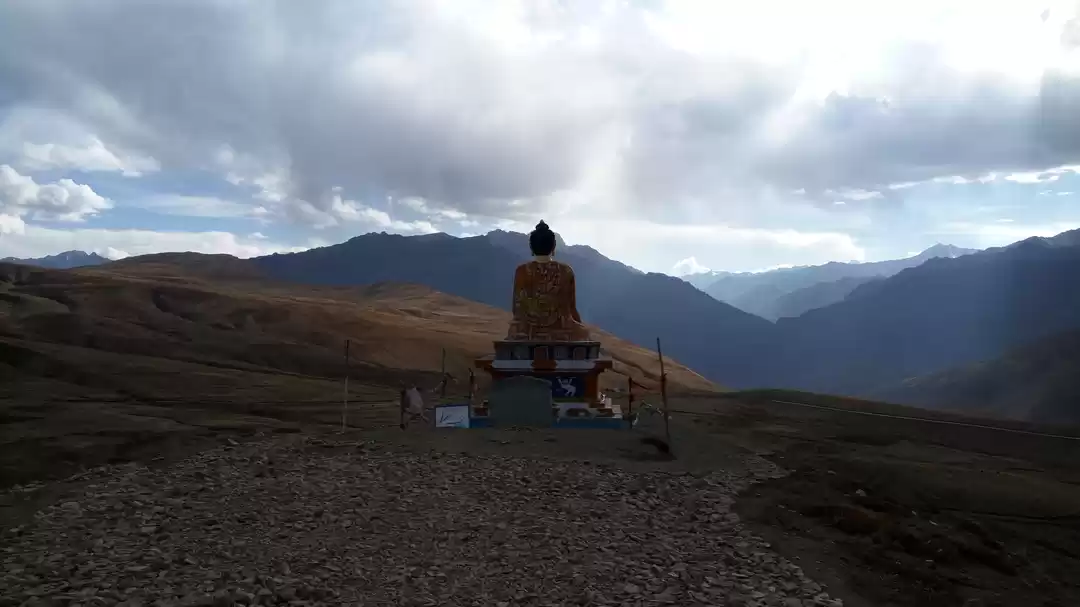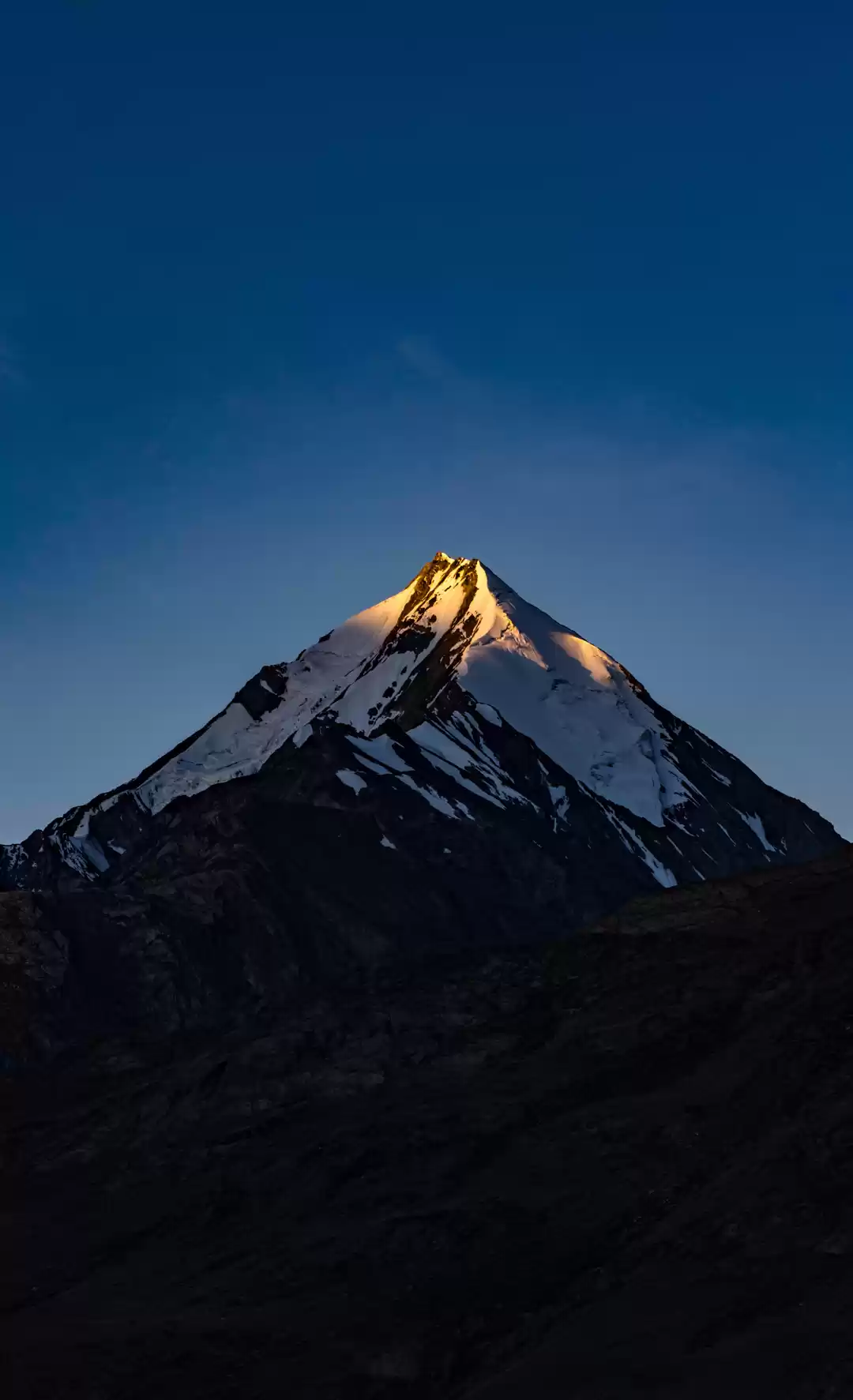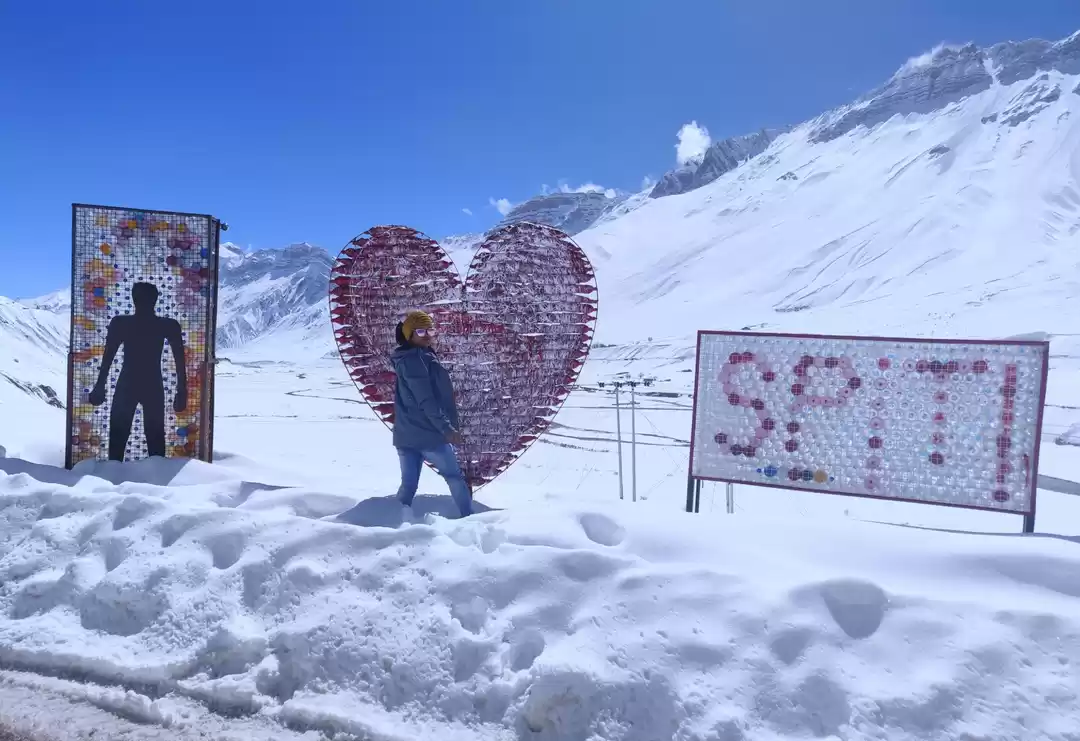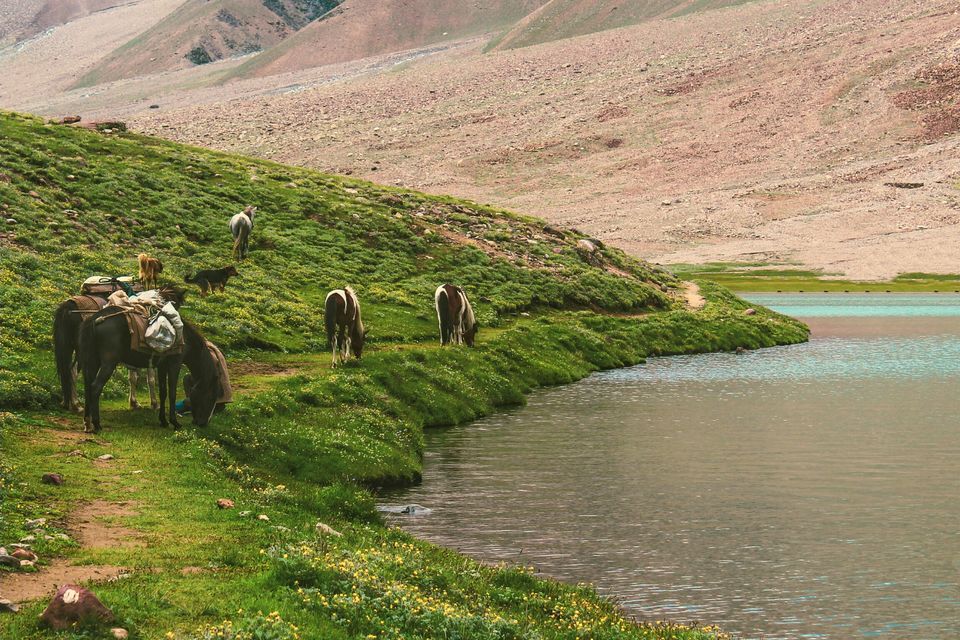
"Difficult roads often lead to beautiful destinations"
The saying is apt for the place. Its an enchanting lake with a panoramic landscape. Time stands still at this natural marvel. This is what you call heavenly lake on earth. This is serene place, with absolute clear sky. This place shows us the beautiful aspect of nature.
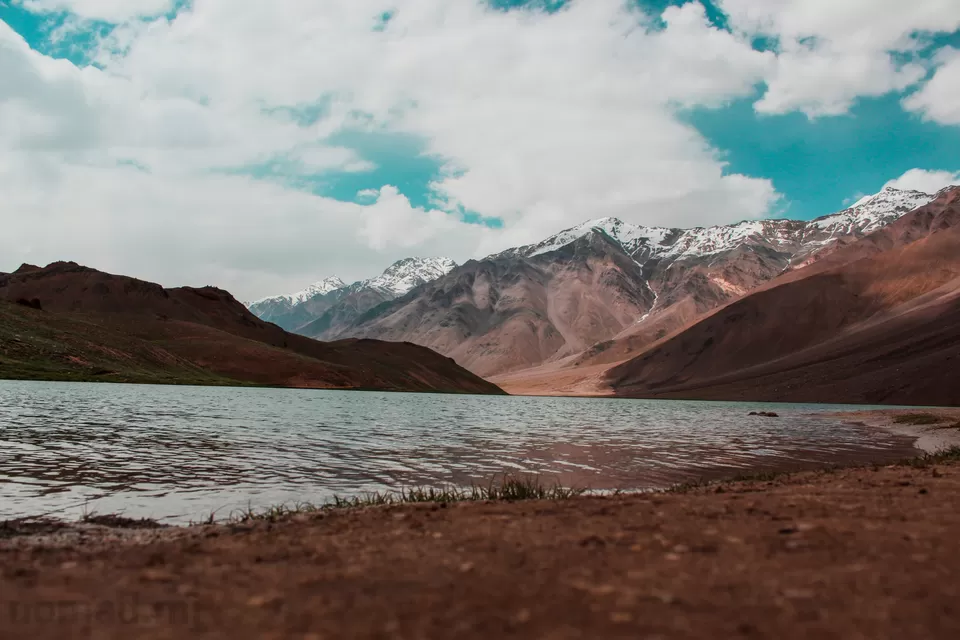
According to legend, this is the place where Lord Indra's chariot picked up Yudhishthira, the eldest of the Pandava brothers, so that he could begin his journey to heaven. As far as I was concerned, I was already in heaven. At an altitude of 4,300 metres, Chandratal rests in a rock basin that has been closed by the mountains surrounding it. The lake is situated on a plateau called Samudra Tapu, overlooking the Chandra River which originates from a glacier near Bara-lacha-la. It reflects the Chandra Bhaga range in its calm blue waters and is fed by the surrounding glaciers.
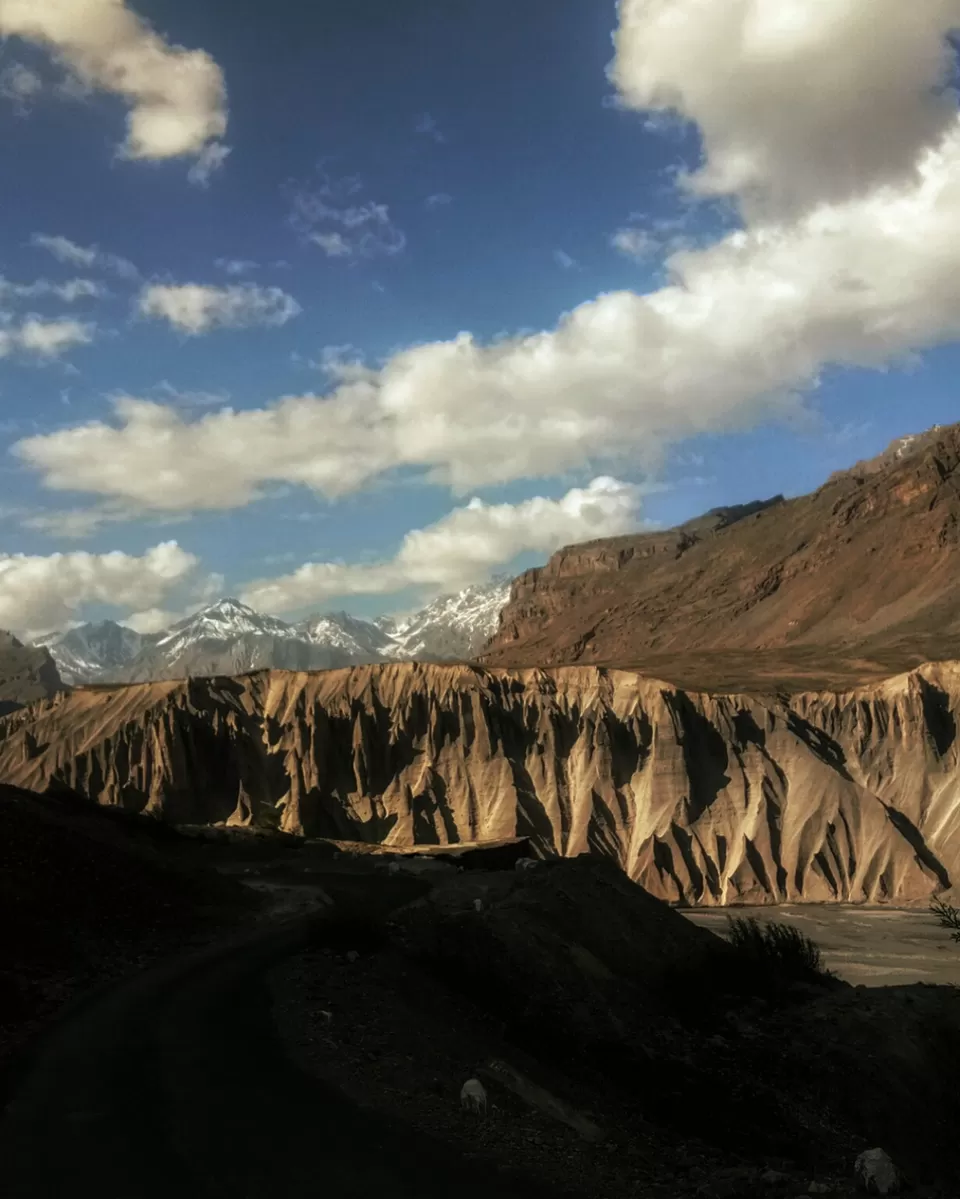
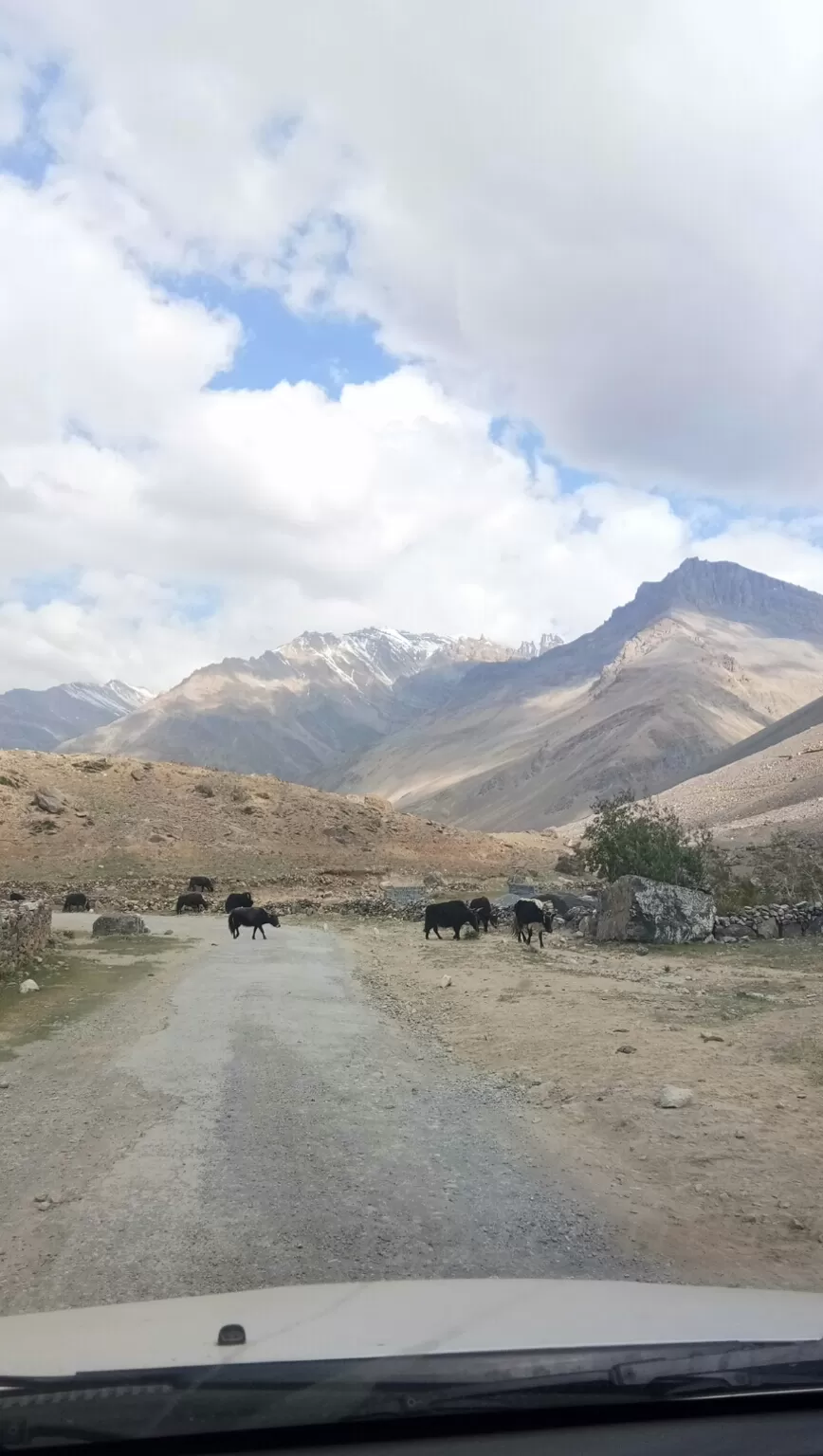
Enter the valley of Lahaul-Spiti, and the terrain changed to another kind of stark grandeur. No more lush green alpine vegetation. Now I was staring at contours of a far more complex nature. Endless layers of powdery maroon and glowing ochre slopes loomed in the distance, with the beautiful River Chandra drawing patterns in the lap of an ever-widening basin.
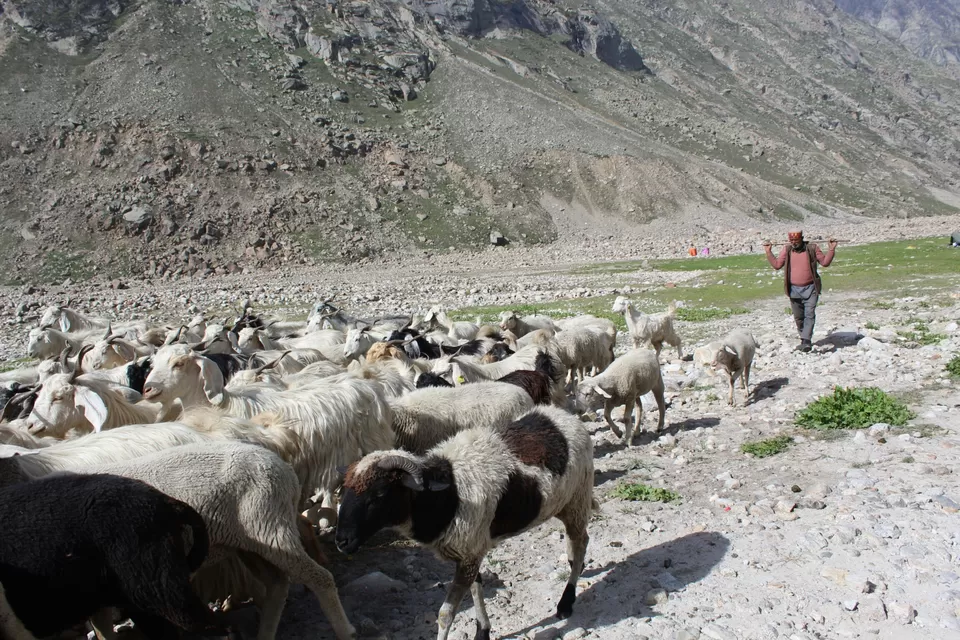
On this route there are no tea-stalls and eateries at every turn. Instead, you will find pea and potato fields. Stop by and sample some. These are the sweetest, most succulent peas you'd have ever tasted. There is very little vehicular traffic too, but do expect to slow down as a big flock of sheep takes over the entire width of the road and slowly ambles by. Don't even bother to hoot because this is where you go at their pace – unhurried, unfazed, happy to find a patch of grass in the largely barren terrain. You watch them quietly and the moment becomes your oasis.
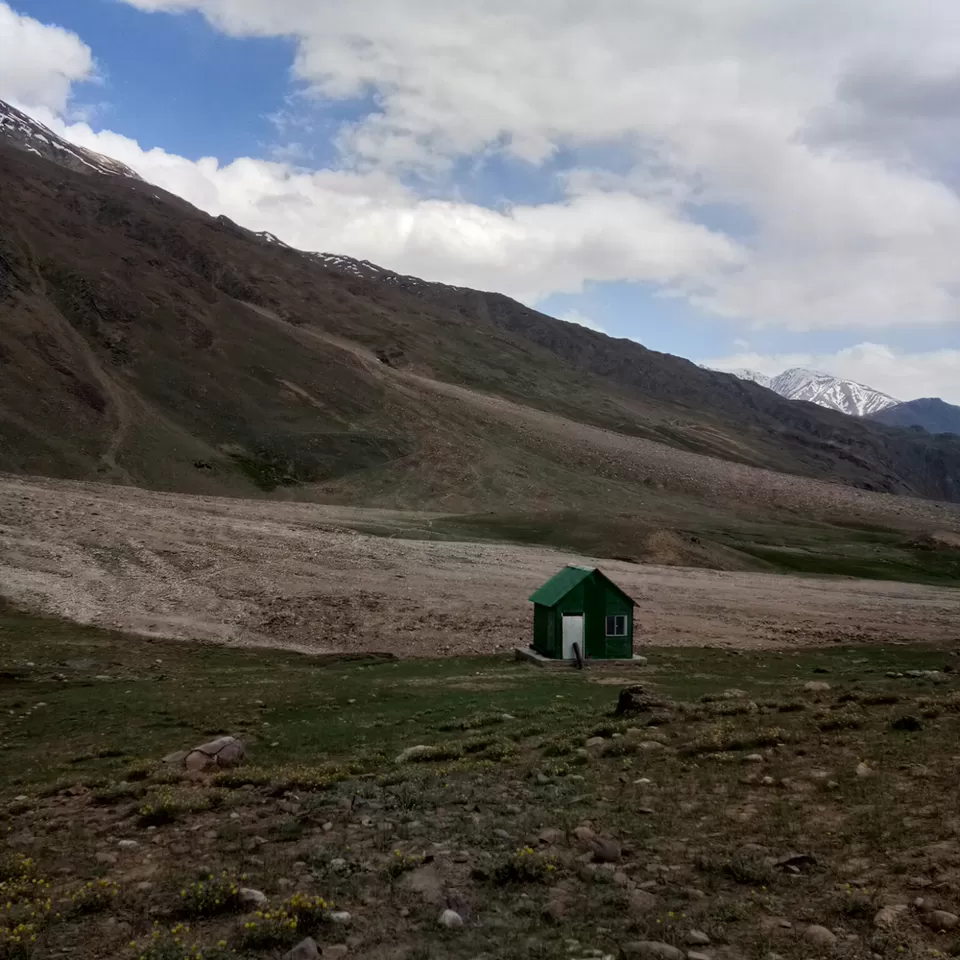
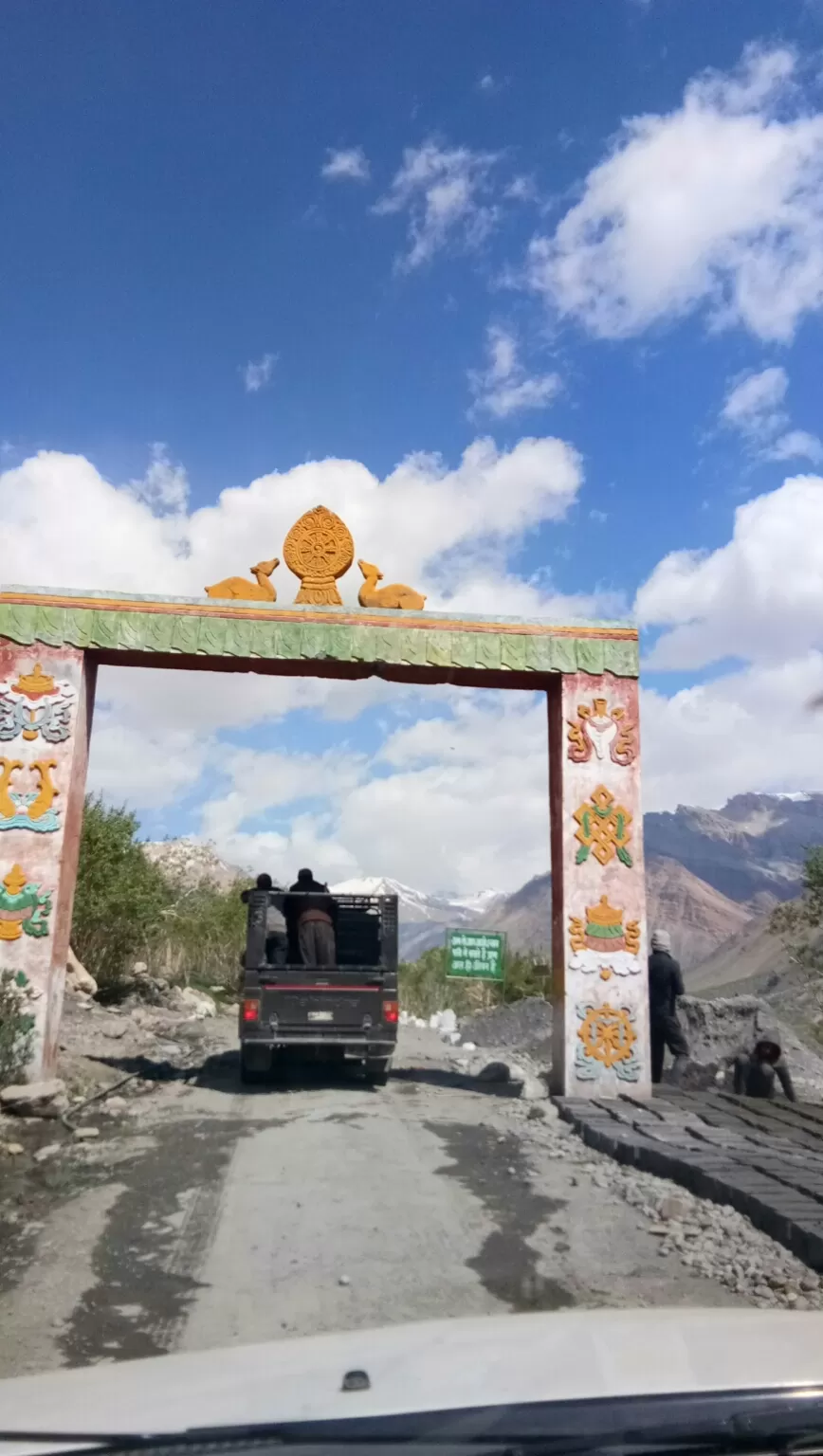
Past the few and far between milestones of Gramphu, Chhatru and Chhota Dara, lies wind-swept Batal. From here one crosses a bridge and then either takes the left to Chandratal, or the right to Kaza. It is also at Batal where the State Transport buses plying between Kullu and Kaza (only two buses either way each day) halt for lunch. Chandratal is a 14-km drive/trek from Batal on what they call a 'jeepable' track. As I was thrown up and down my seat all the way to my destination, I understood just how relative the term 'able' is.
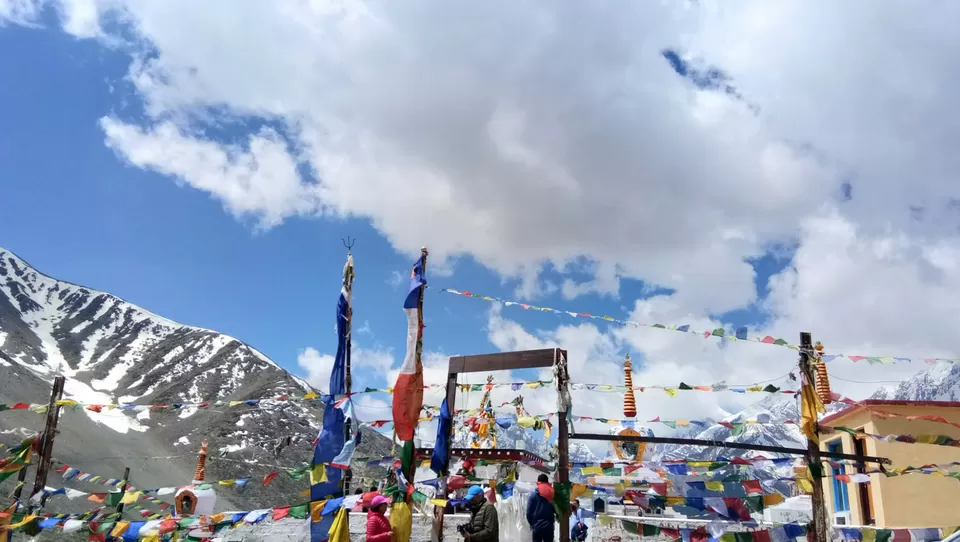
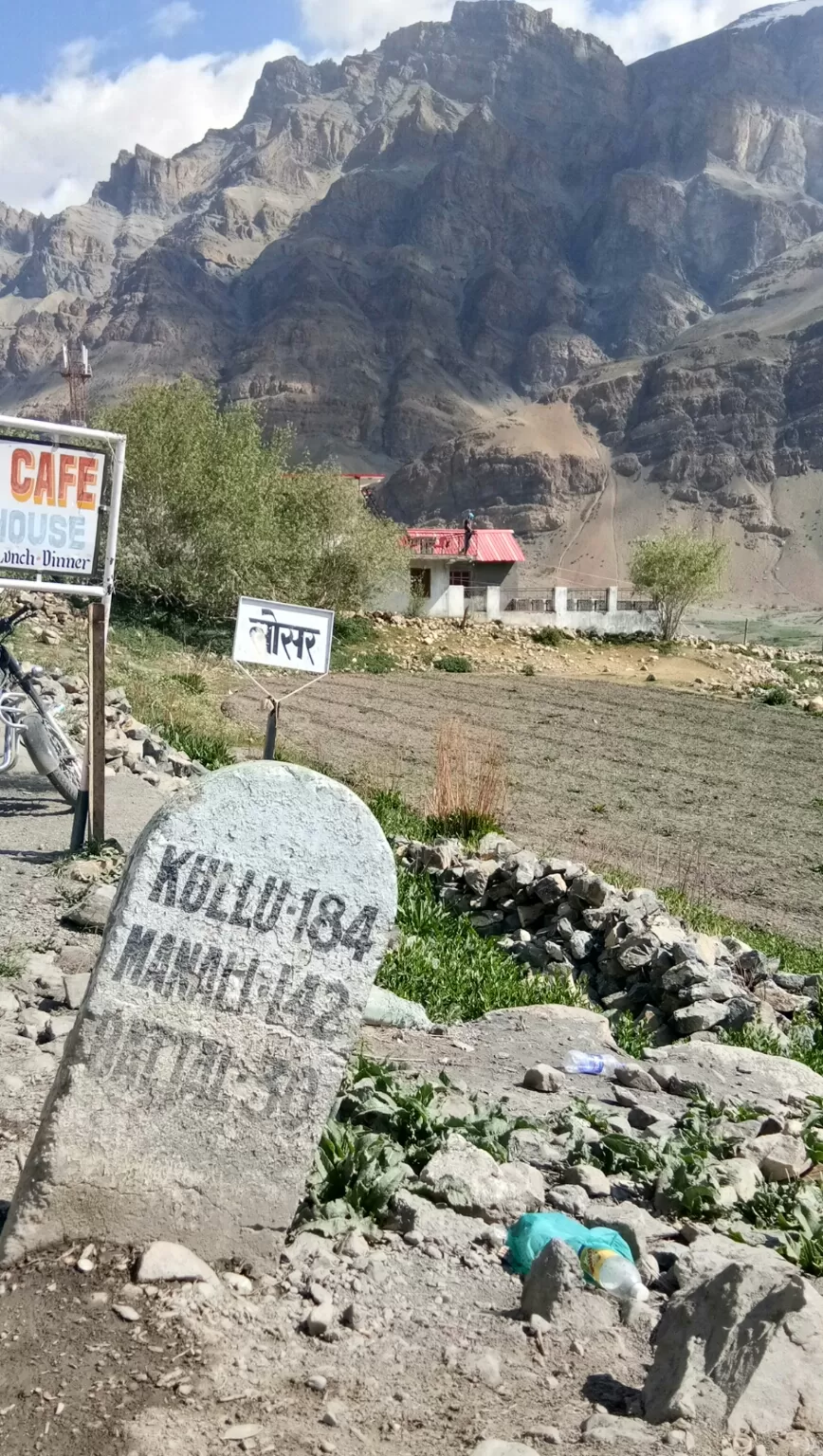
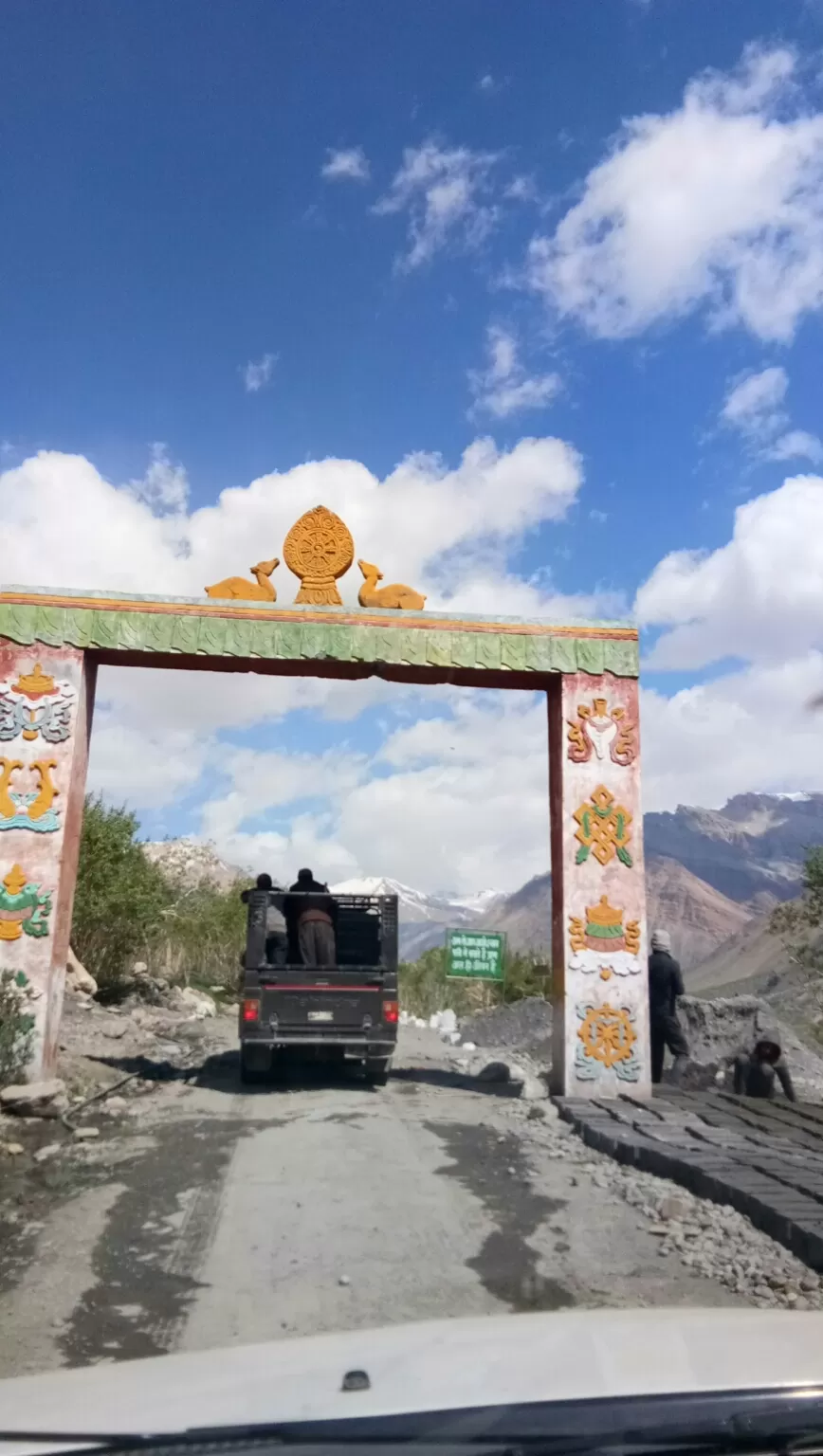
If you attempt to cross the mighty Kunzum Pass, you are rewarded by the view of Chandratal—a moon-shaped lake with its water changing colours throughout the day. It takes a bit of an effort to reach Chandratal. You can either reach it on foot from either Batal or Kunzum Pass, or opt for the motorable road that takes a little longer route but goes almost till the base of the lake.
There are vast meadows on the way where you can camp if you decide to spend a day here. Best time to visit Chandratal is between noon and 4 pm when the lake takes an aquamarine blue colour. It changes colour as the clouds move over it. The grassy meadows by the river. Once there, I found myself staring at a yellow board that said, “No vehicles allowed beyond this point. Please walk a few paces to behold nature's marvel on the highlands of Lahaul and Spiti.” Perfect!!
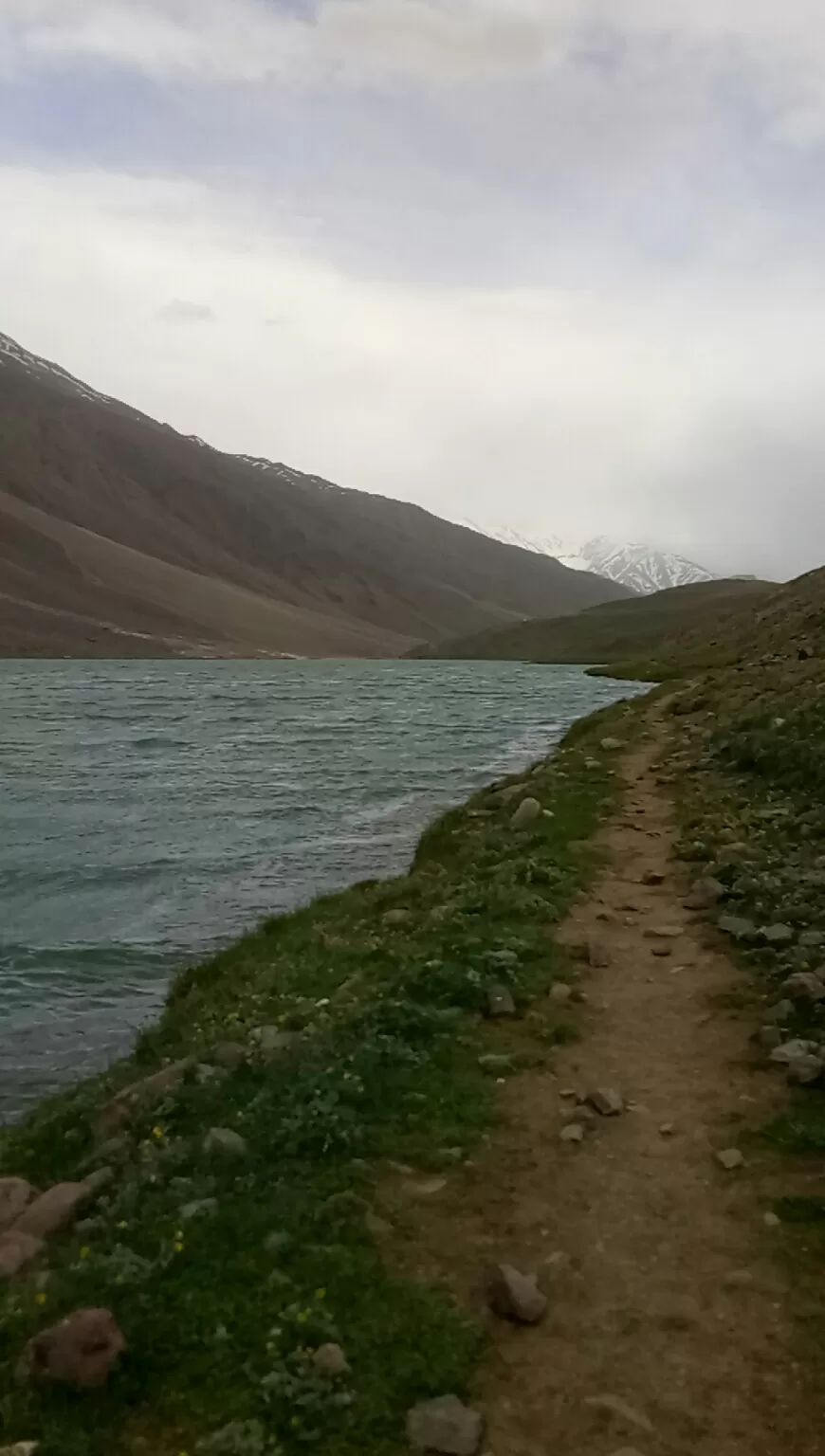
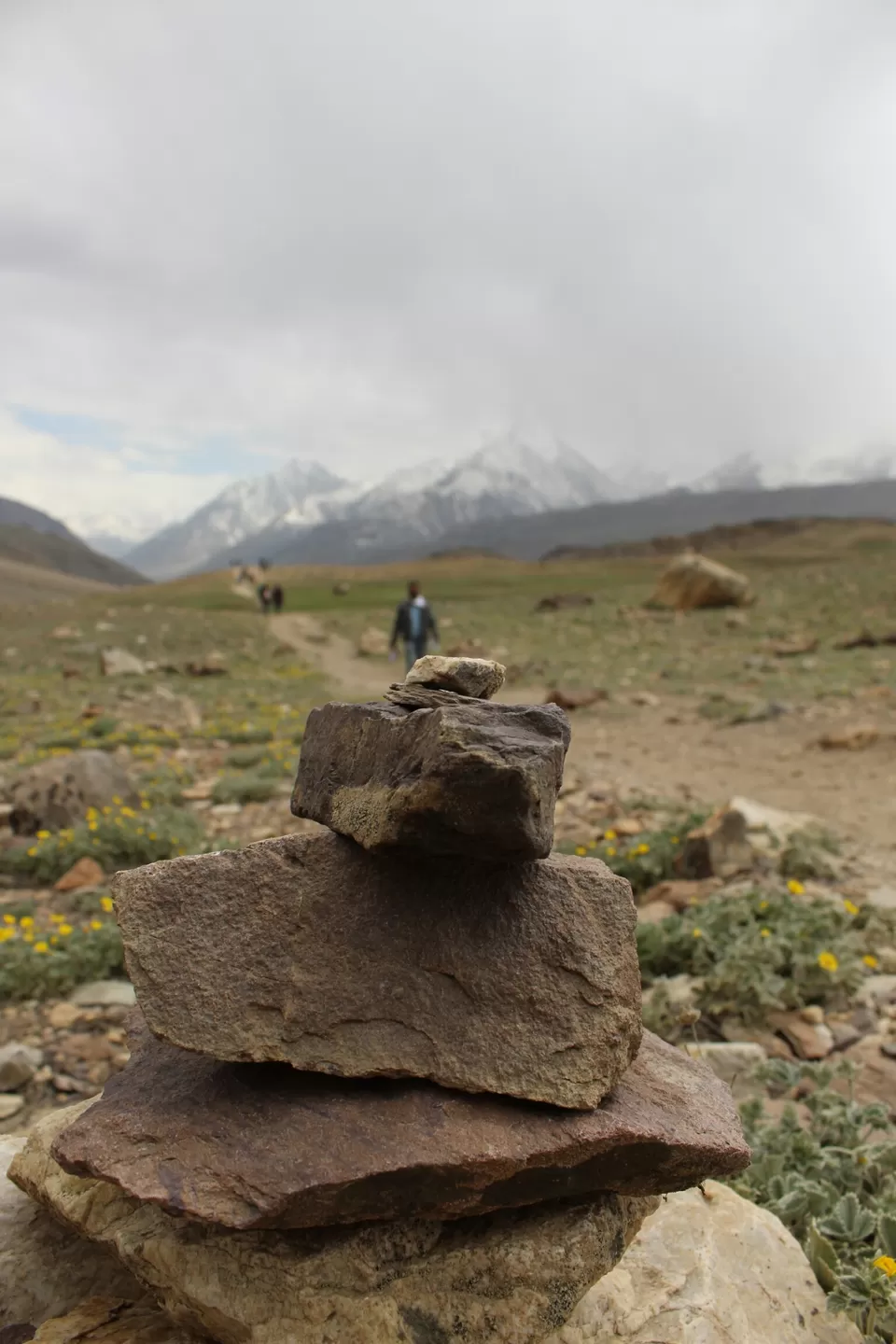
I started following a dusty track behind the yellow board. With not a soul in sight except for the ethereal mountains, I felt as if I was all alone in the world. It was at the same time scary and wondrous.
I walked slowly, eager to catch the first glimpse of the lake. There it was, cradled in the lap of the mountains – dazzling blue and unreal. Prayer-flags fluttered in the strong wind. For a while I just stood mesmerized at the sight. It was such a pure turquoise. I looked up at the sky. It was not the same blue. So where did the lake get its colour from? Why did I need to know?
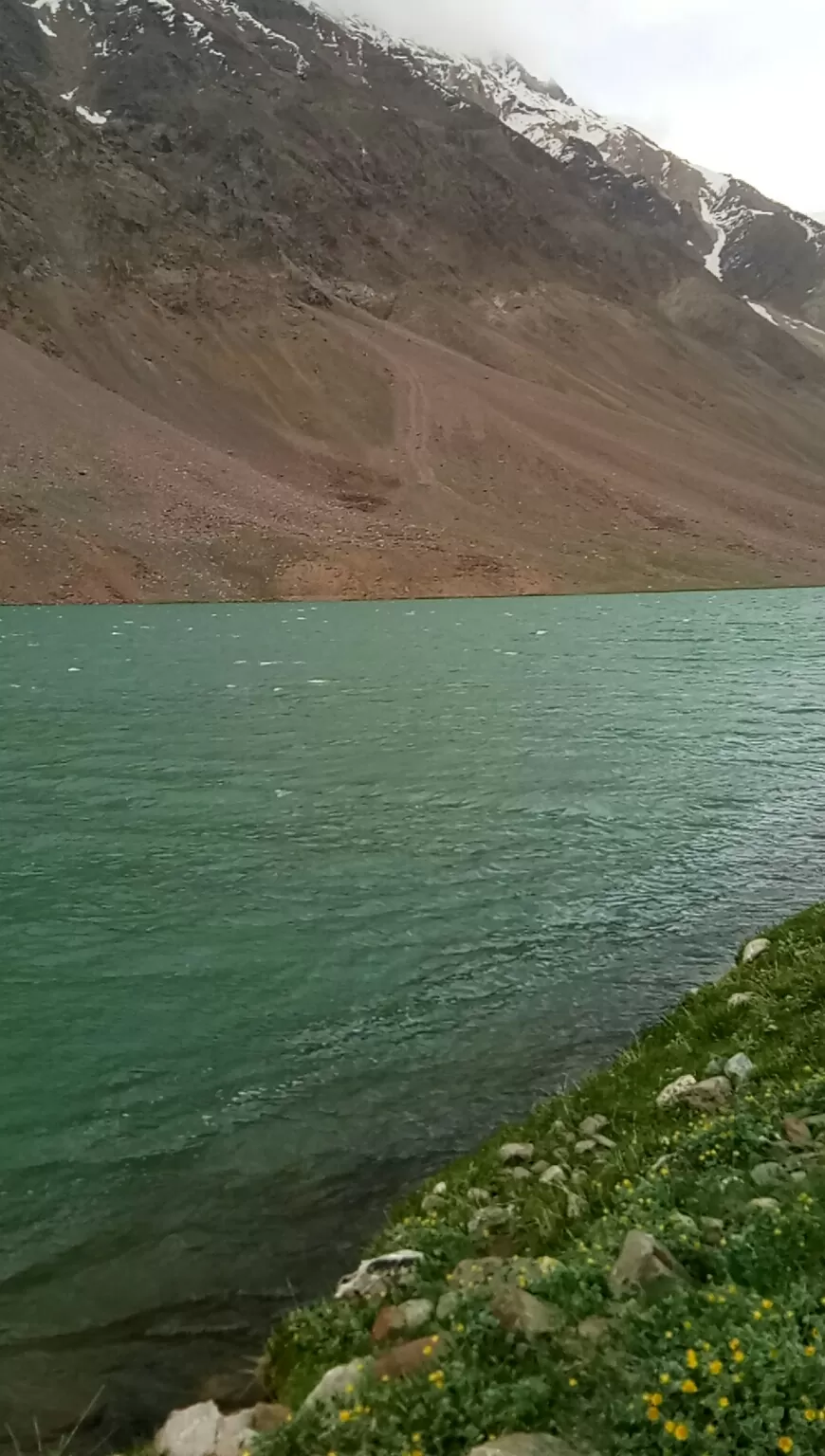
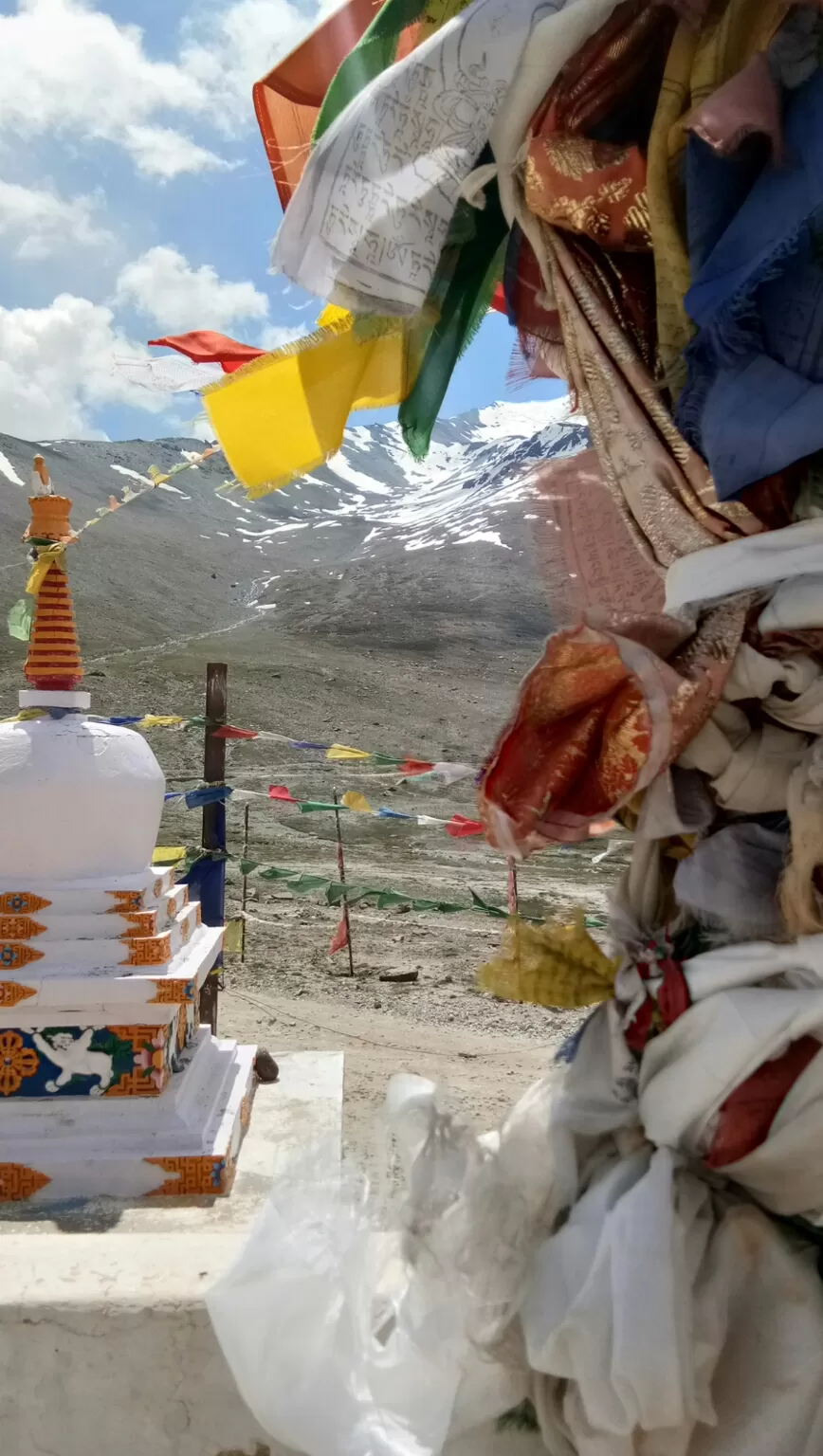
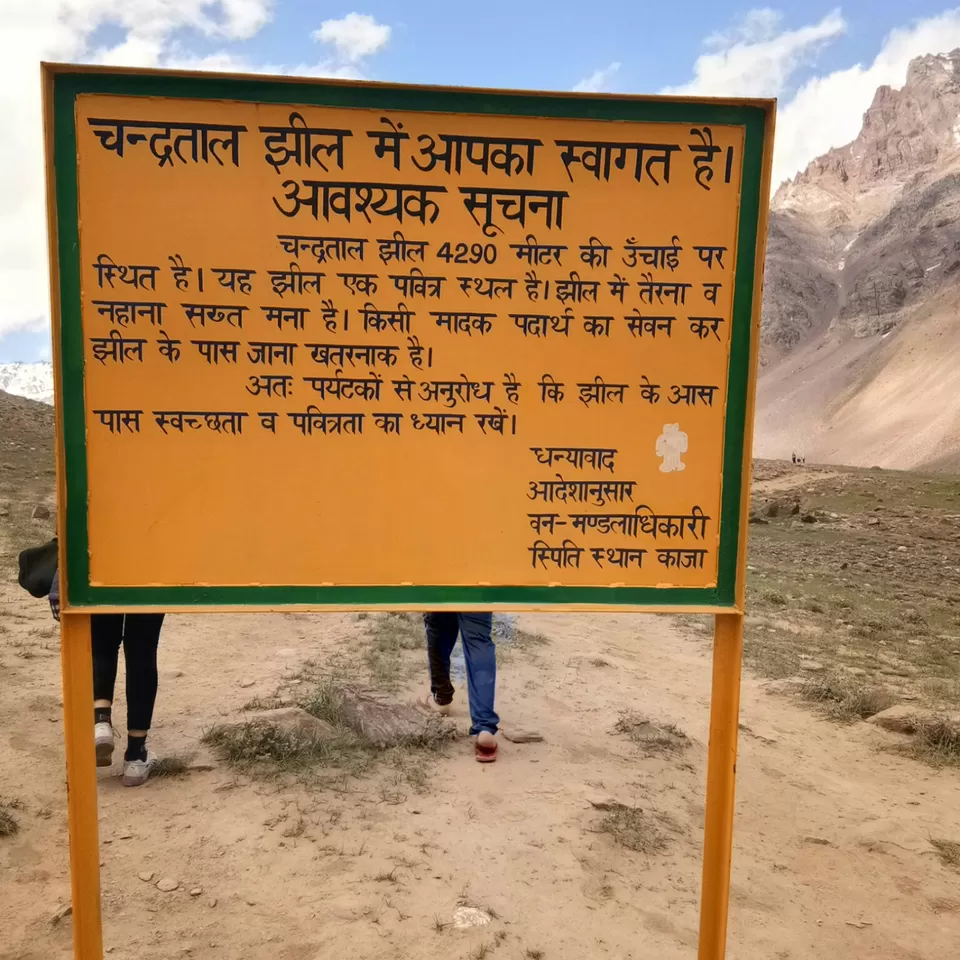
A small chorten with colourful prayer flags stands at the edge of the lake. I sat on a stone admiring the pristine lake when our guide told us about the possible parikrama or circumambulation around this lake. We decided to walk around the 4 km or so circumference of the lake. It is a simple walk and can take anywhere from 1 to 2 hours depending on the speed of your walk and how many times you stop. I stopped many times to take photographs, to soak in the views from all corners of the lake and to just feel it!
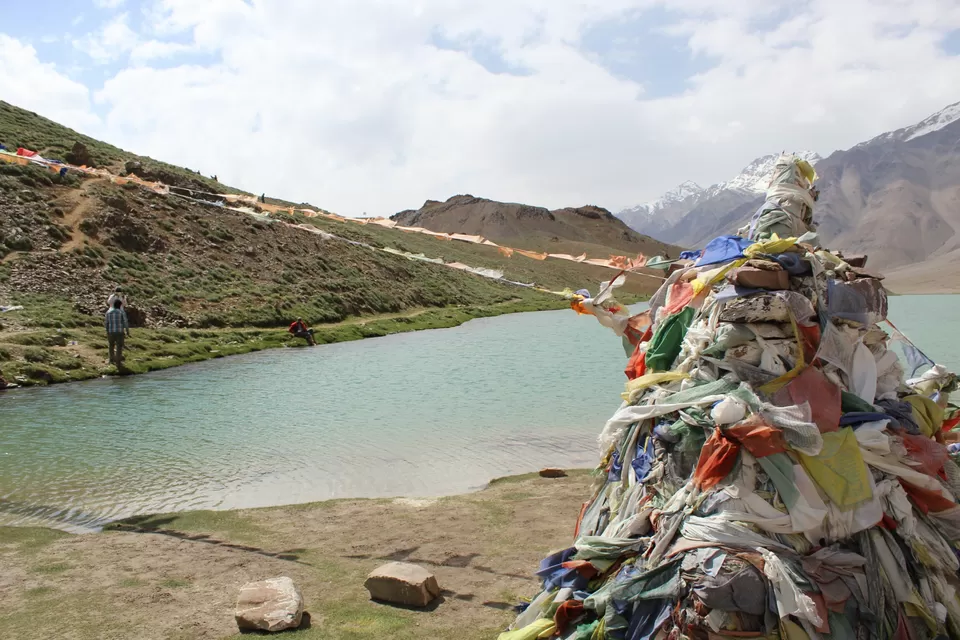
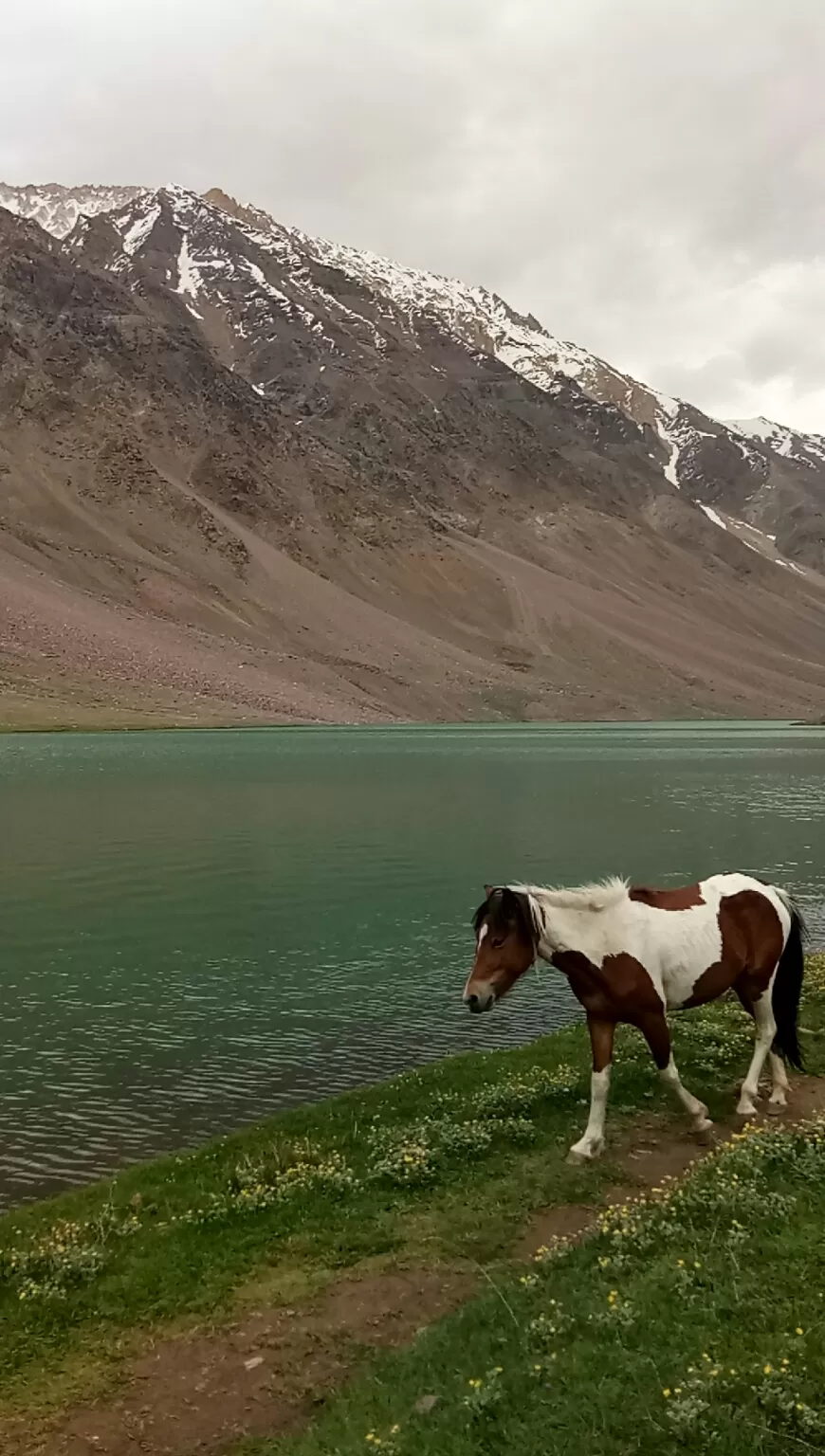
I followed the circular path that goes all around the lake, marveling at how with every changing curve, the water also changed from turquoise to emerald and then to a deeper green. Once the sun was high, every shade, very stroke of colour from the mountains was reflected just as lucidly in the lake. As I reached the other side of the lake, I found myself in the middle of a wide grassland carpeted with wildflowers. The happy bursts of red and yellow over the green grass were so infectious that I felt I would never ever feel sad again! I sat there for a long time, listening to the lapping sound of the water as small waves kissed the shore.
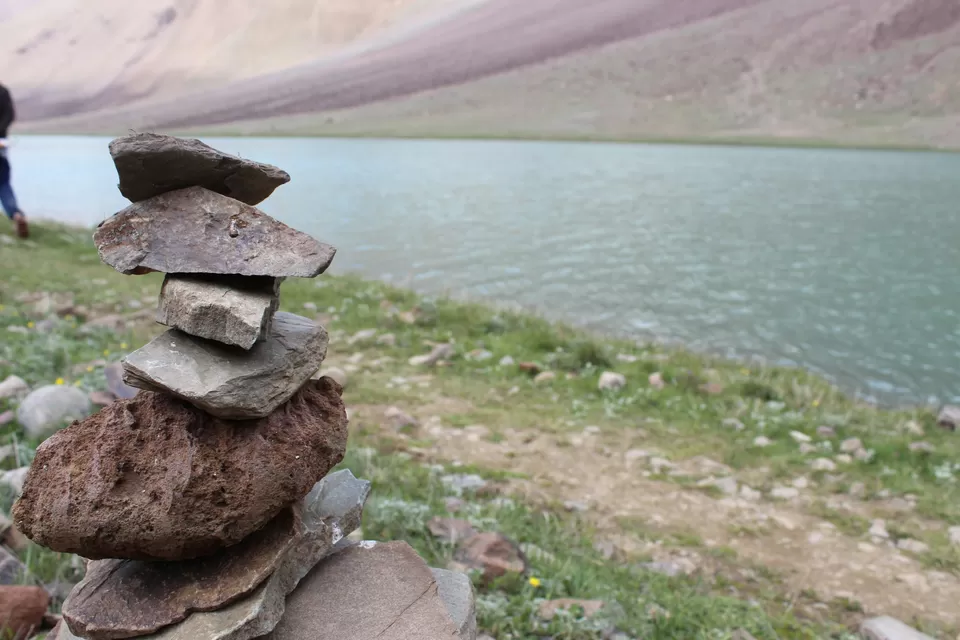
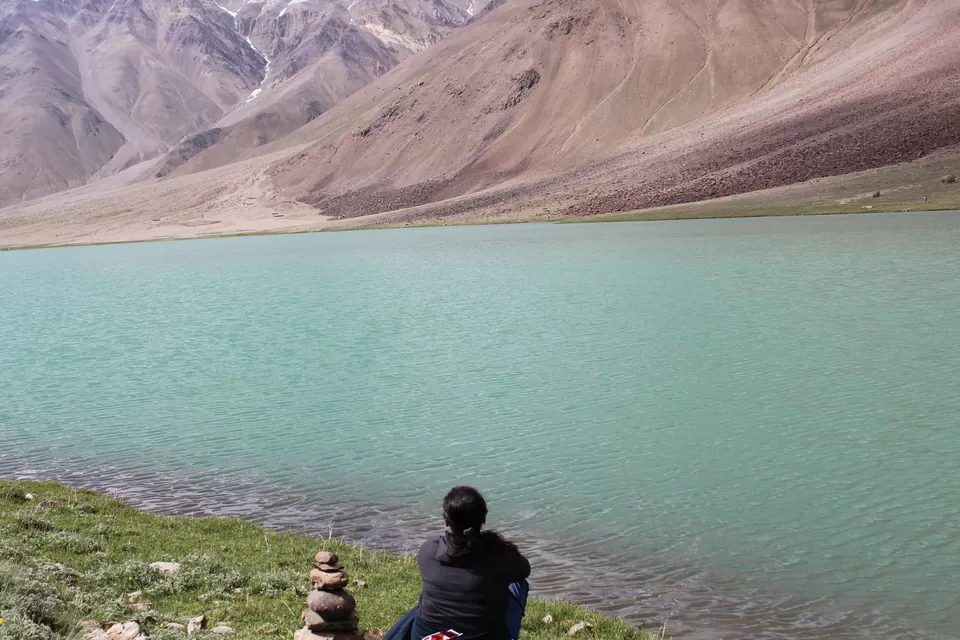
From June to August every year, a local gaddi shephard puts up this camp for people like me who like to travel. I surveyed my tent, greatly pleased to see a thick quilt folded on top of a comfortable mattress. I would come back to it later because now it was time to feast on the lake. Tired from the long road journey, I decided to save all the walking for the next day. A stone-bench on the bank made for the perfect spot to sit and gaze at the changing colours of the lake. As the sun went down, the colour of the mountains acquired denser shades of pink and brown and the lake shimmered in all its radiant splendor.
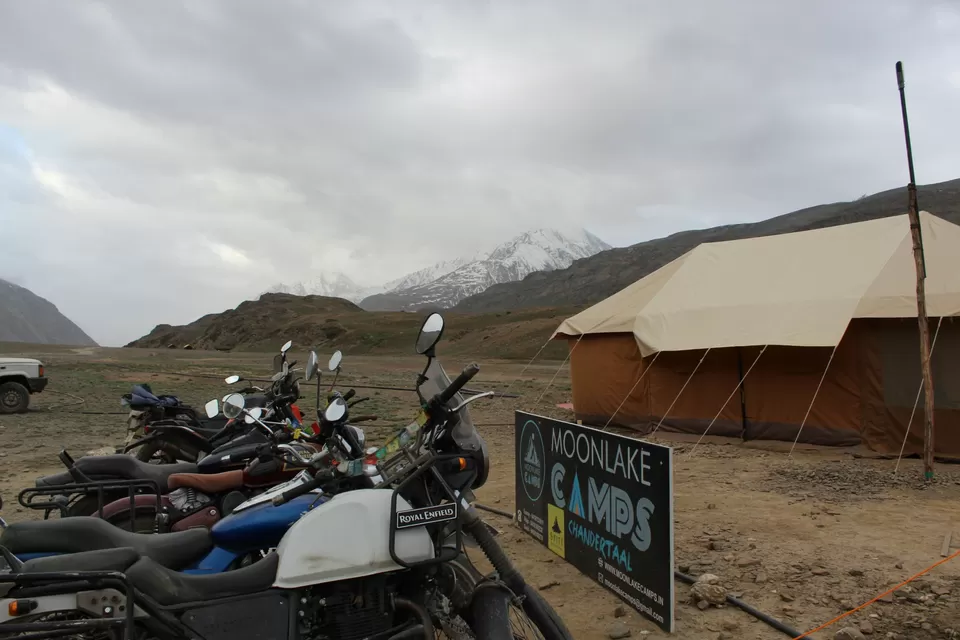
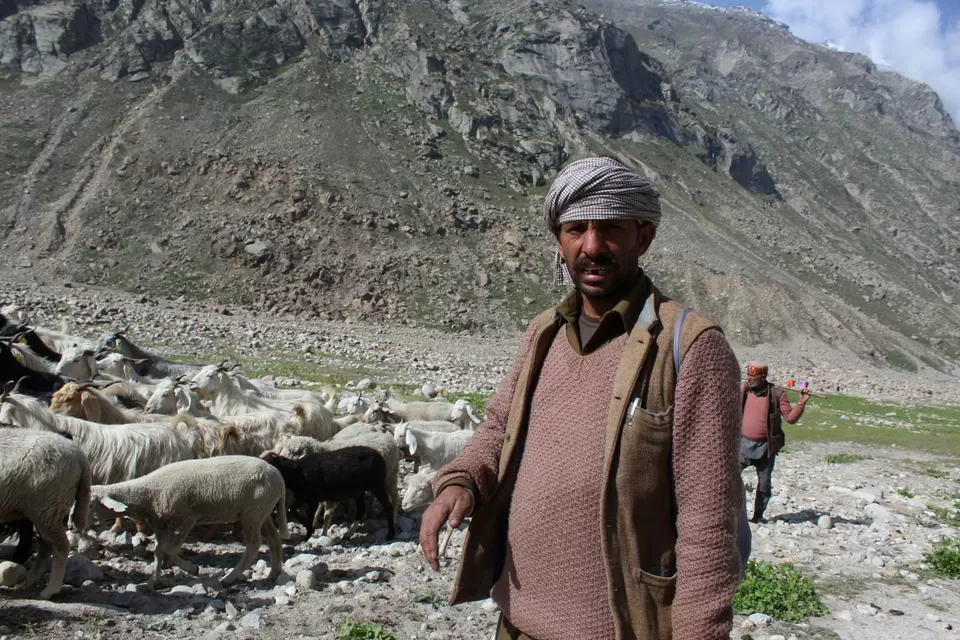
Evenings at Chandratal are extremely cold and windy. A cheerful fire crackled in front of the kitchen tent as I walked back from my gaze-session. The camp-in-charge offered me a simple but delicious meal of rice, dal, vegetables and papad. I didn't want to go back so soon. It seemed like foolhardiness to decline such a tempting offer, but I had a feeling that I wouldn't regret it. And I didn't. Early next morning, as I crawled out of my tent, I was rewarded by a sight I would never forget in my life.
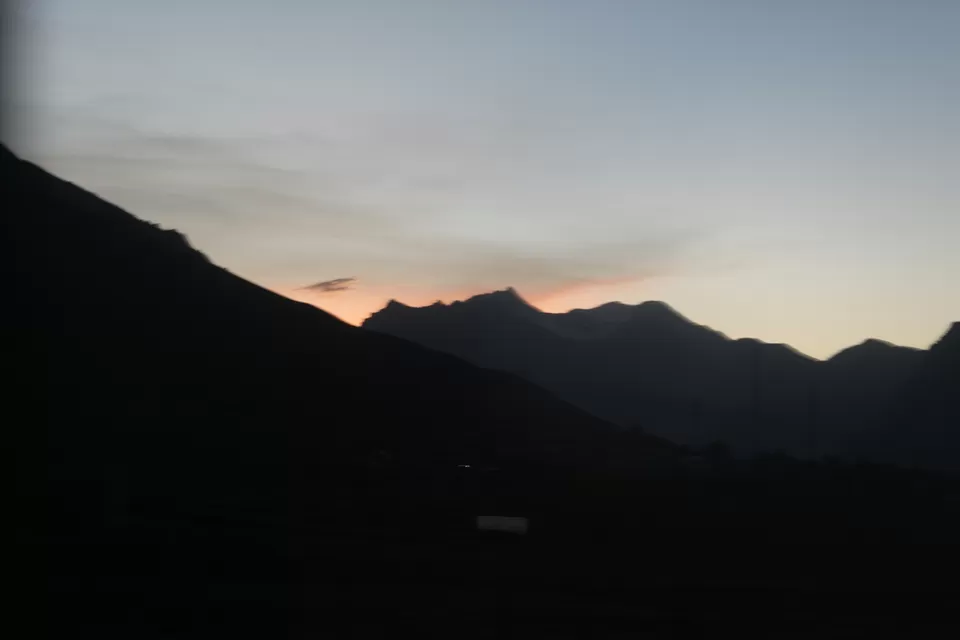
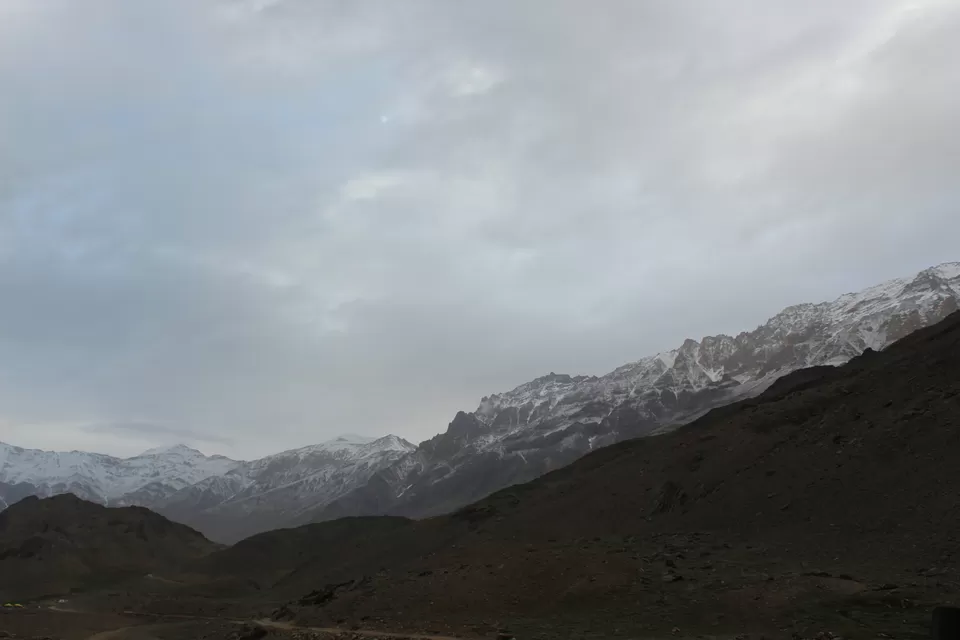
The rays of the sun had set fire to the snow-peaks. Each peak glowed like charcoal, and as it glowed, it drew a picture on the water which would not stay the same for very long. If ever I could appreciate the meaning of 'here and now', it was on that morning, at Chandratal. With every passing moment, the picture was changing, and yet there was beauty in every new moment.
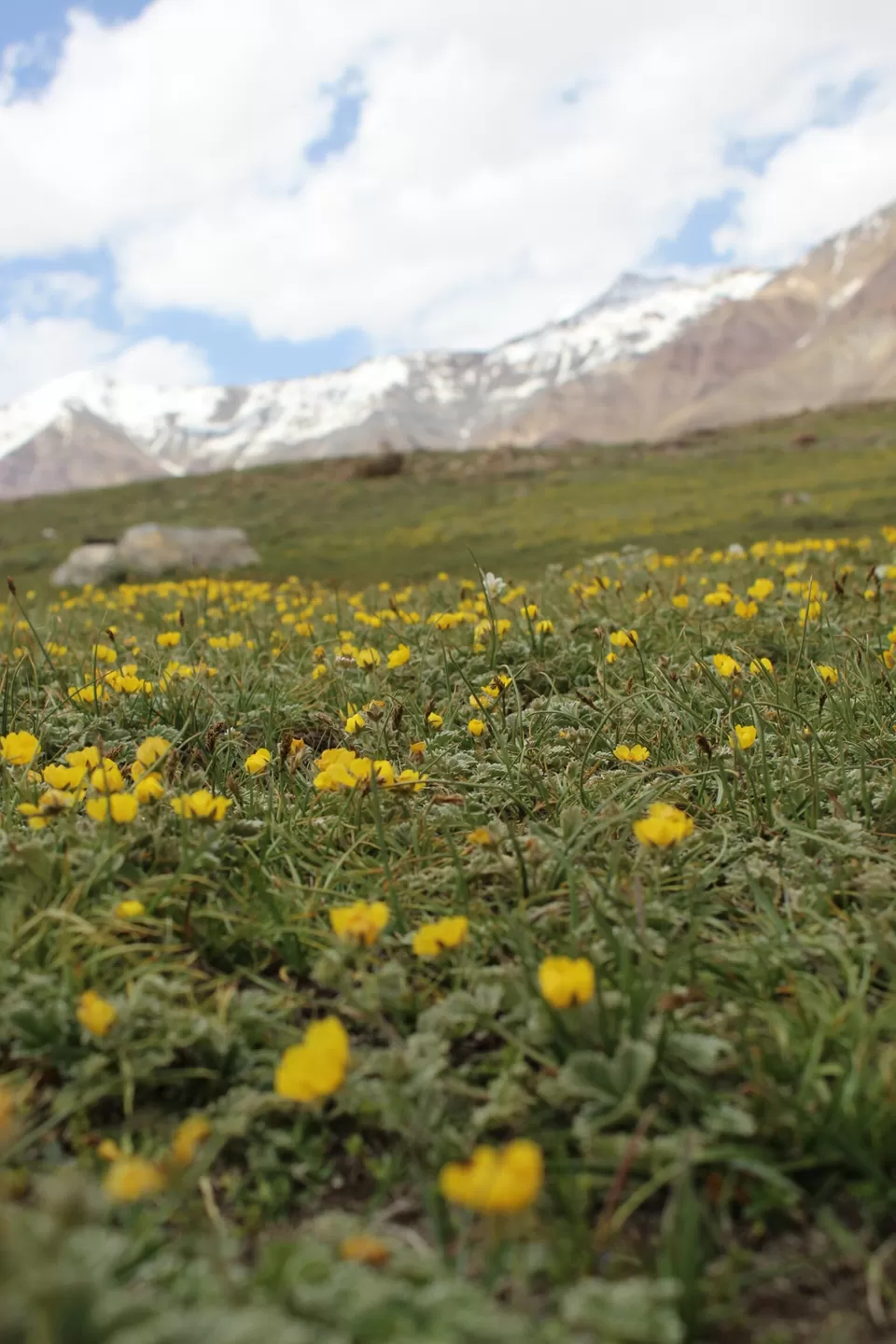
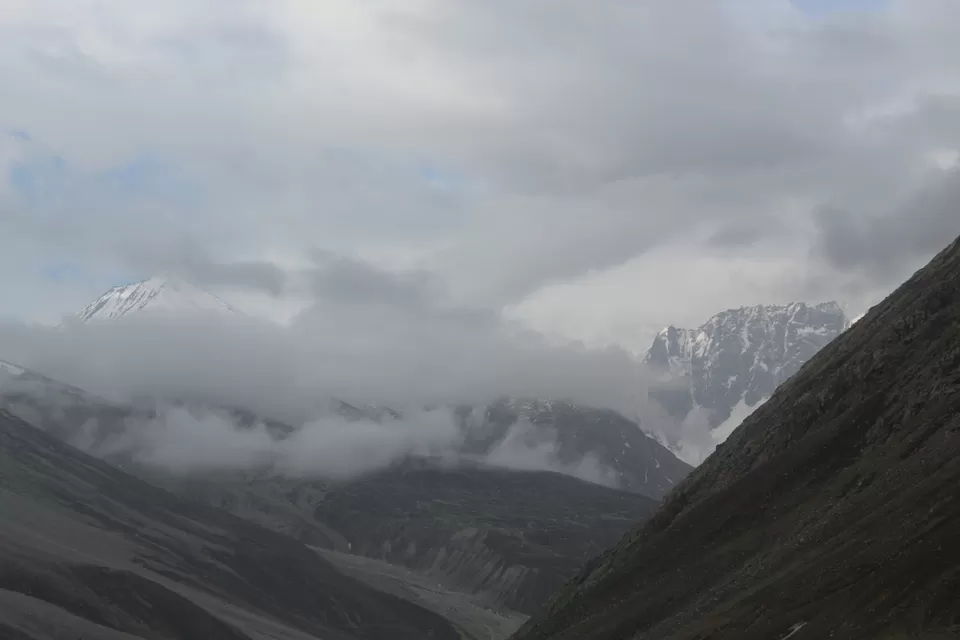
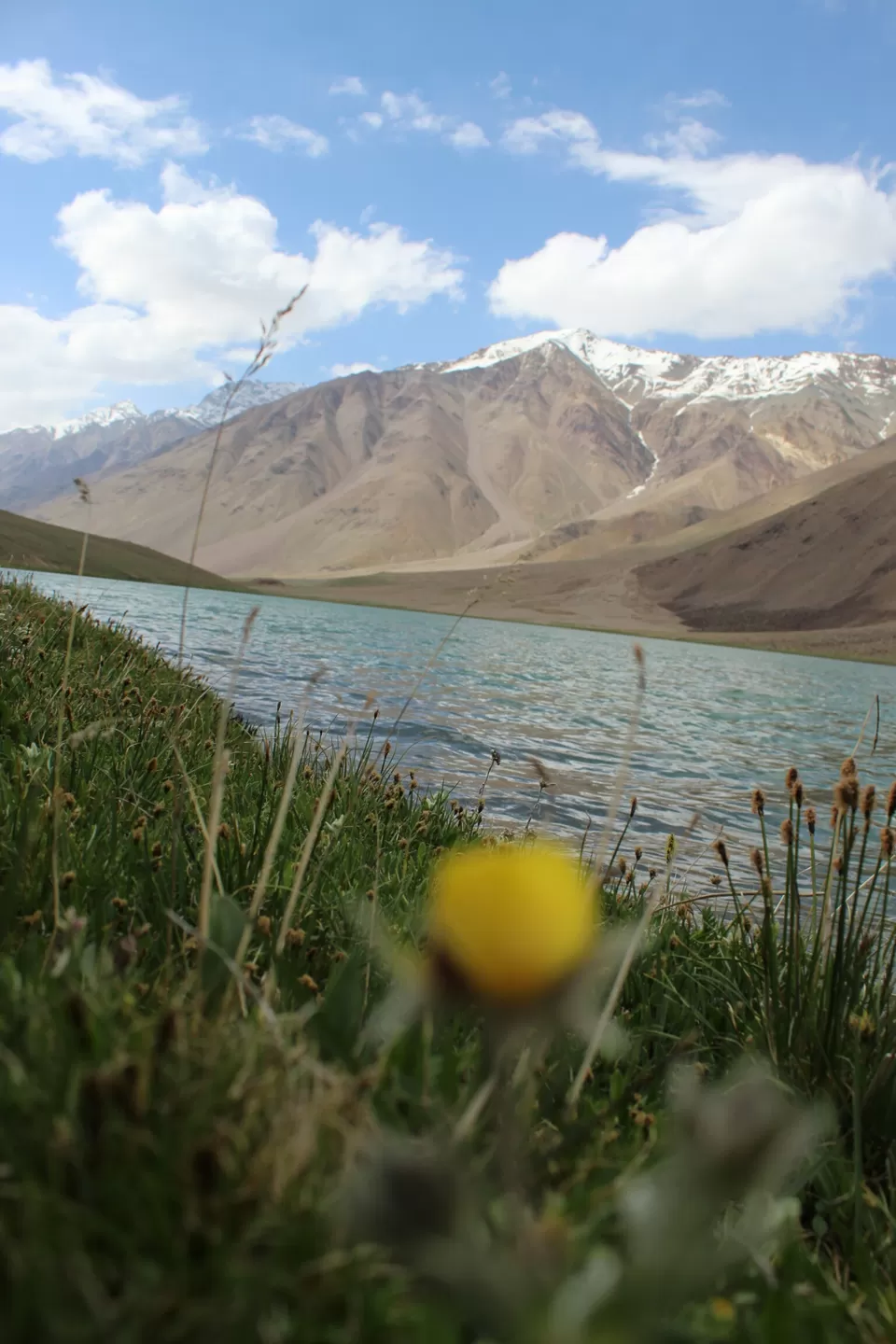
I left from Chandratal right after sunrise. . A cluster of wildflowers peeped from underneath a rock. The mountain-tops were pink. I could only hear the sound of the river and the crunching of pebbles under my feet.
Getting there:
You can either hire a vehicle from Manali or take the Kaza-bound State Transport bus and get off at Batal from where it is a fairly level 14km. trek on a clear track. Another option is to drive till Kunzum-La, from where it is a shorter downhill trail to Chandratal.
Best time:
Rohtang Pass is usually snowbound from October to June so it is safest to go between the last week of June and the first week of September. This is also the time when the camp at Chandratal is functional. Alternately, you can hire guides, porters, tents and other trekking gear at Manali. Most trekking agencies in Manali offer a trip to Chandratal in case you want a readymade package
